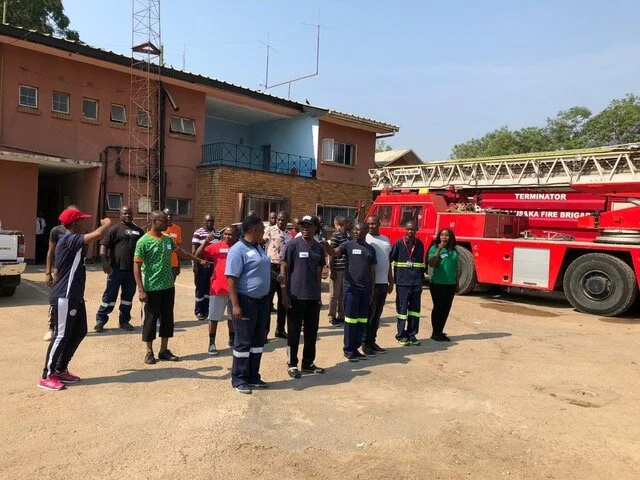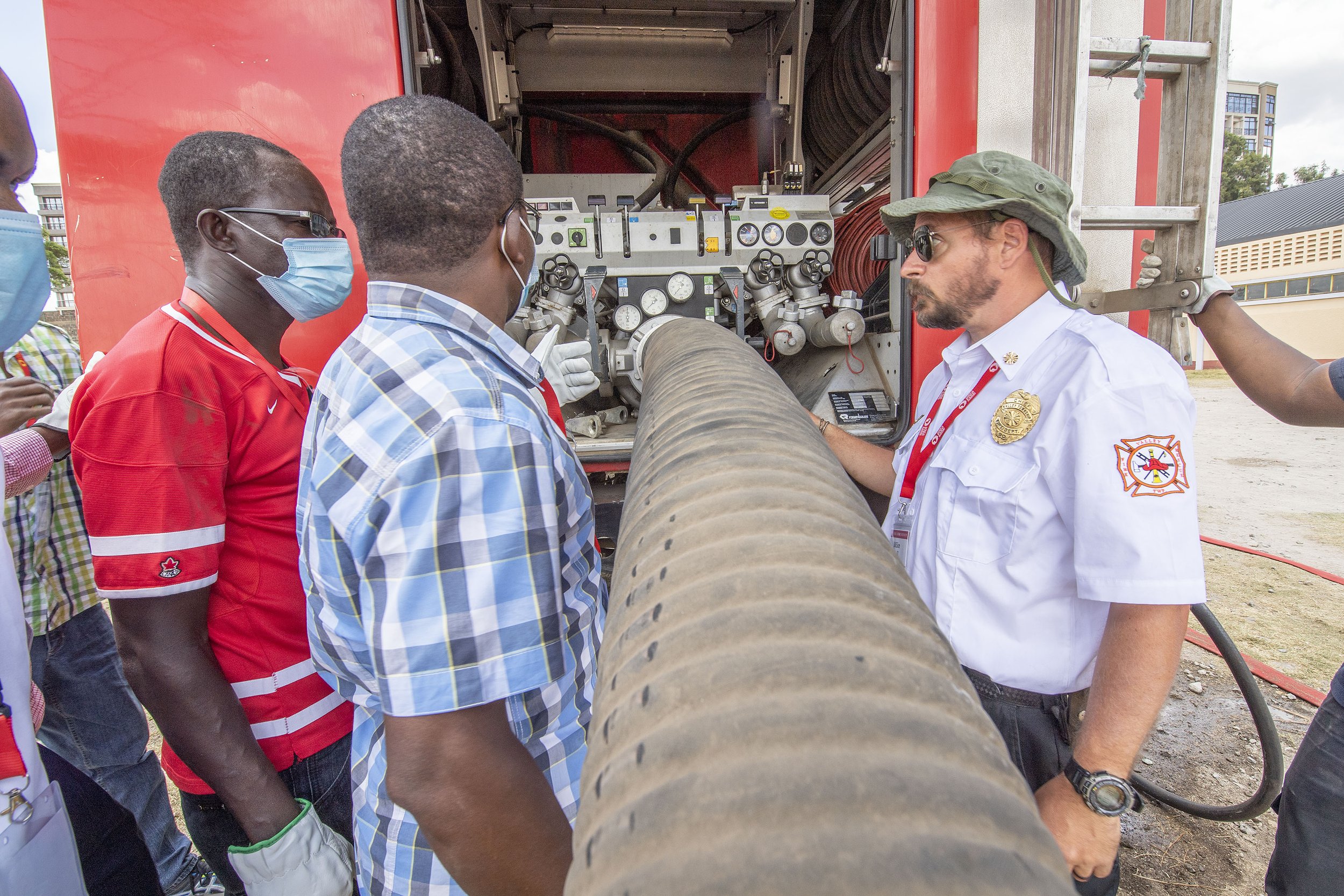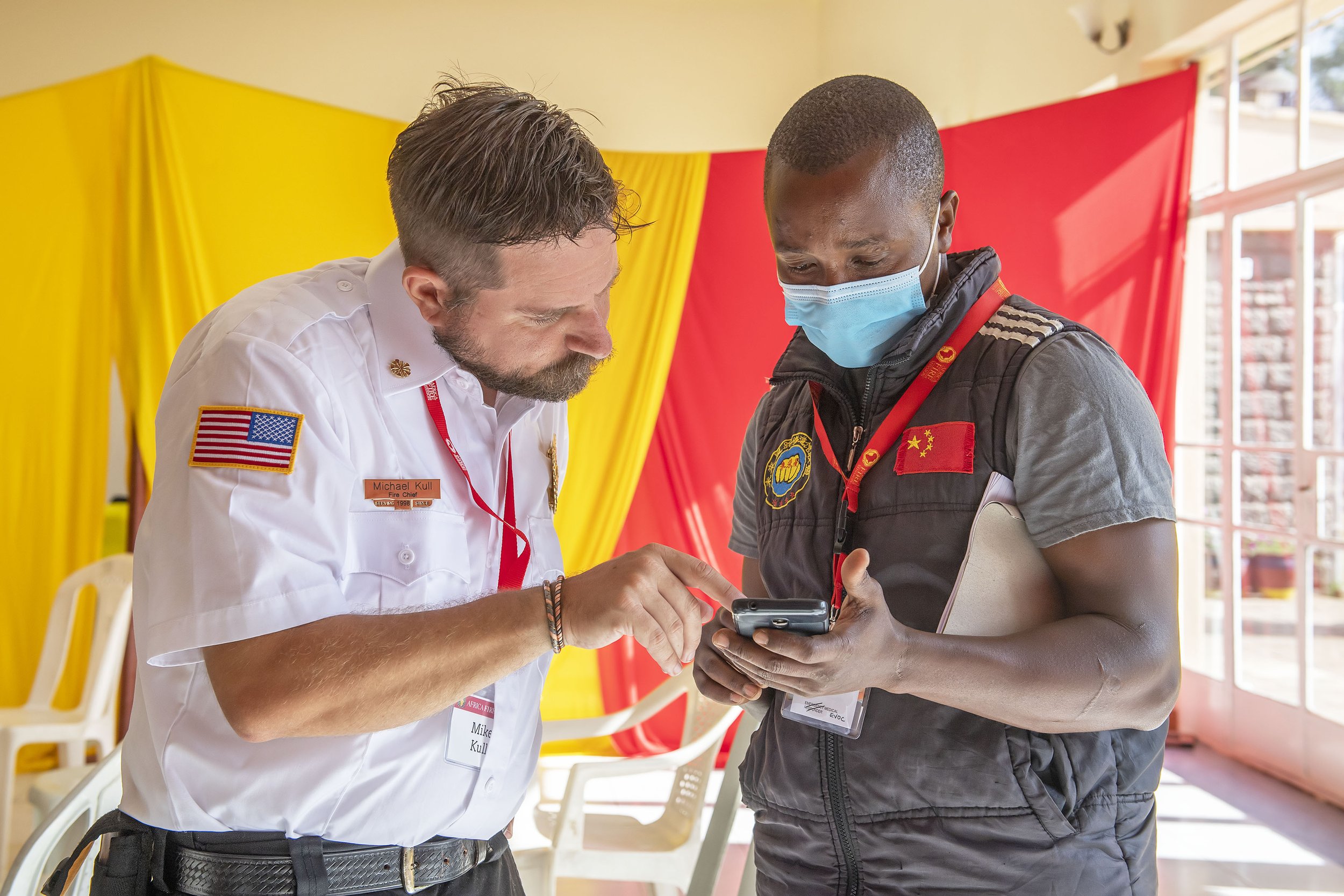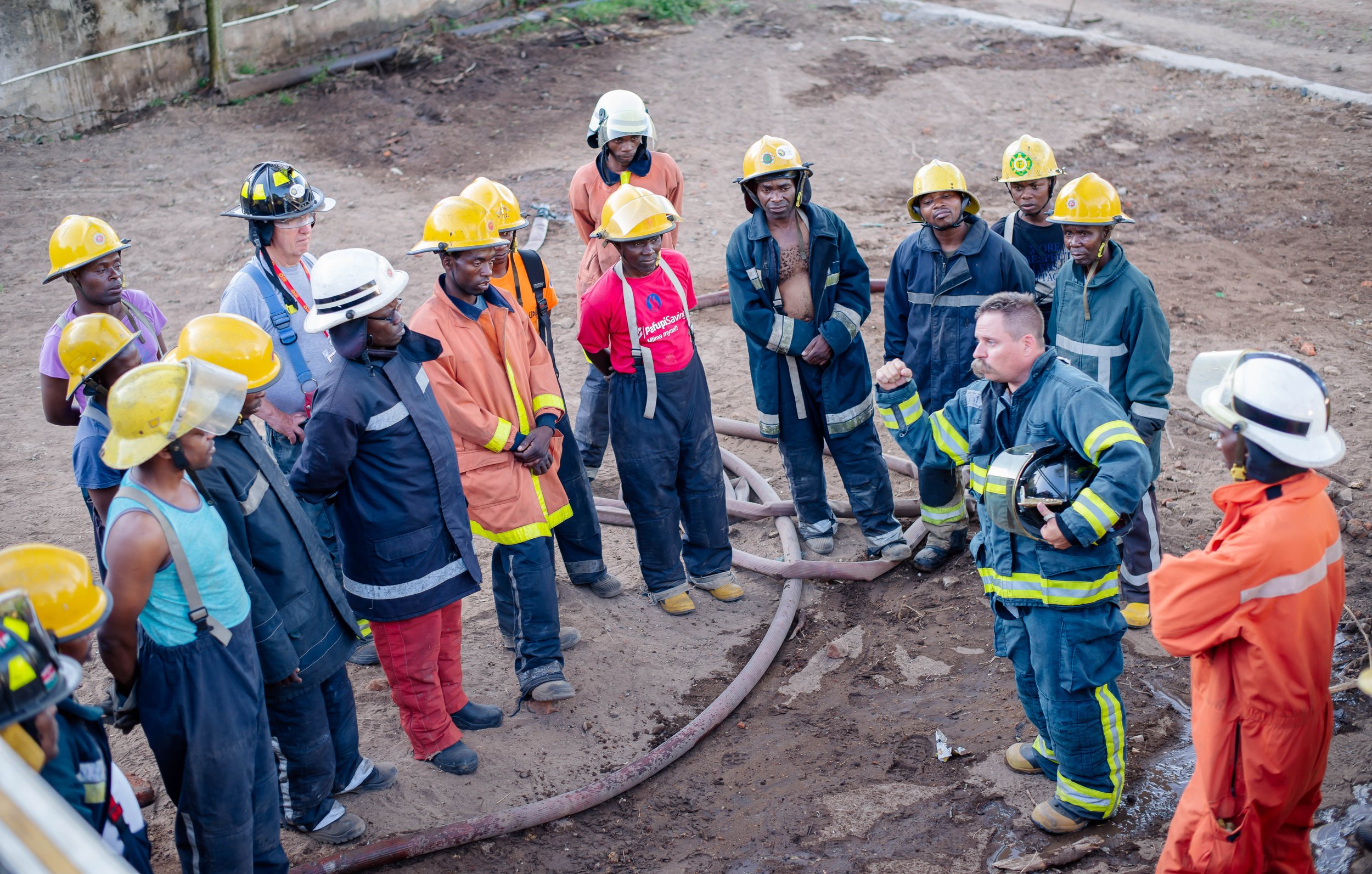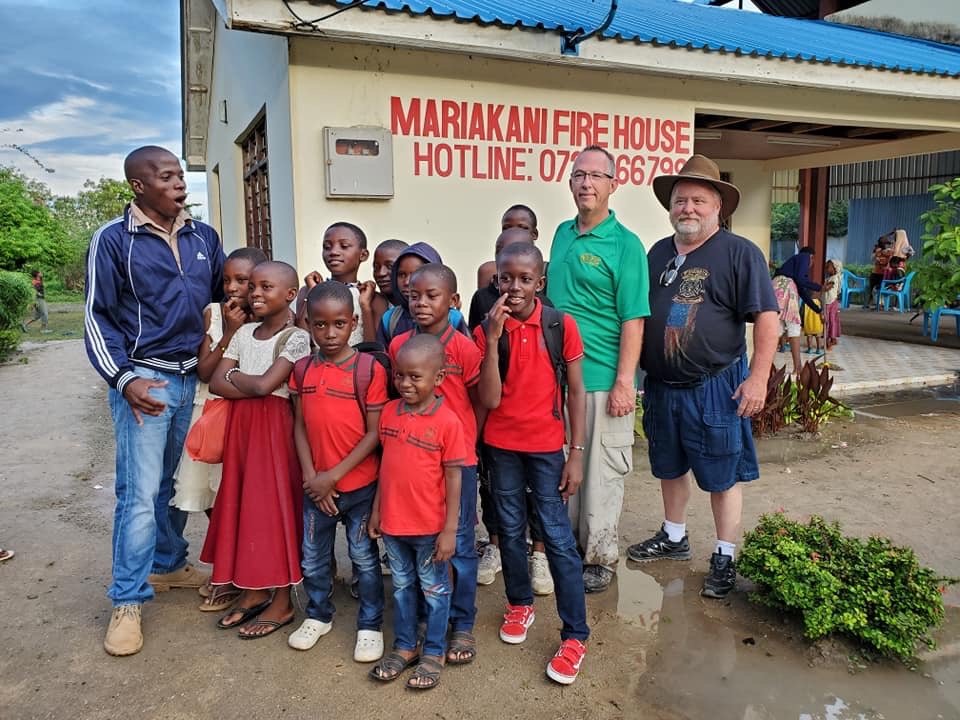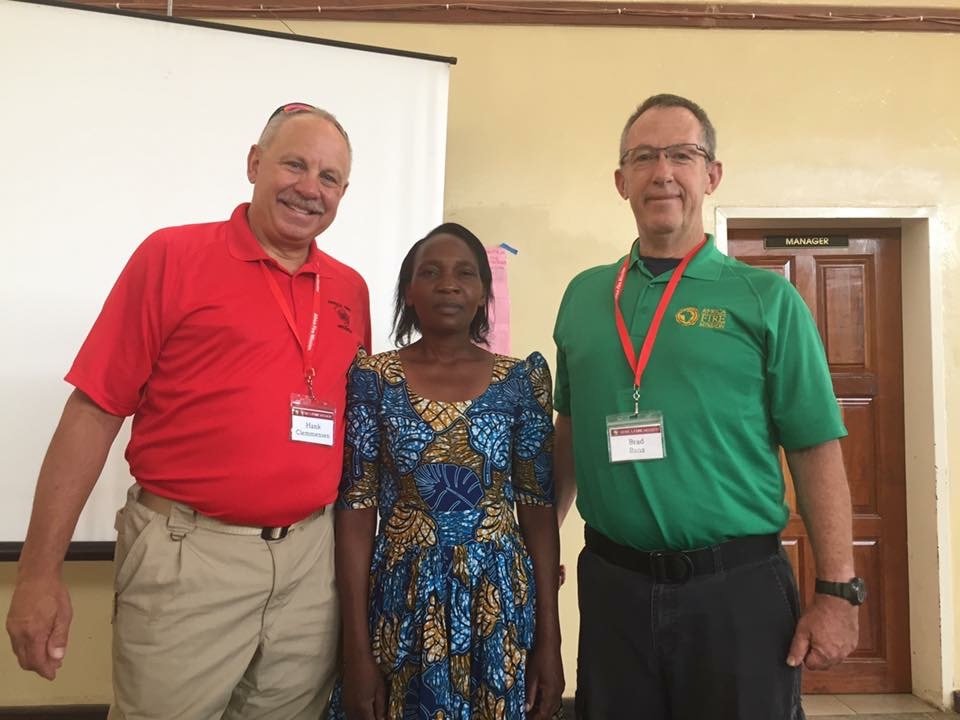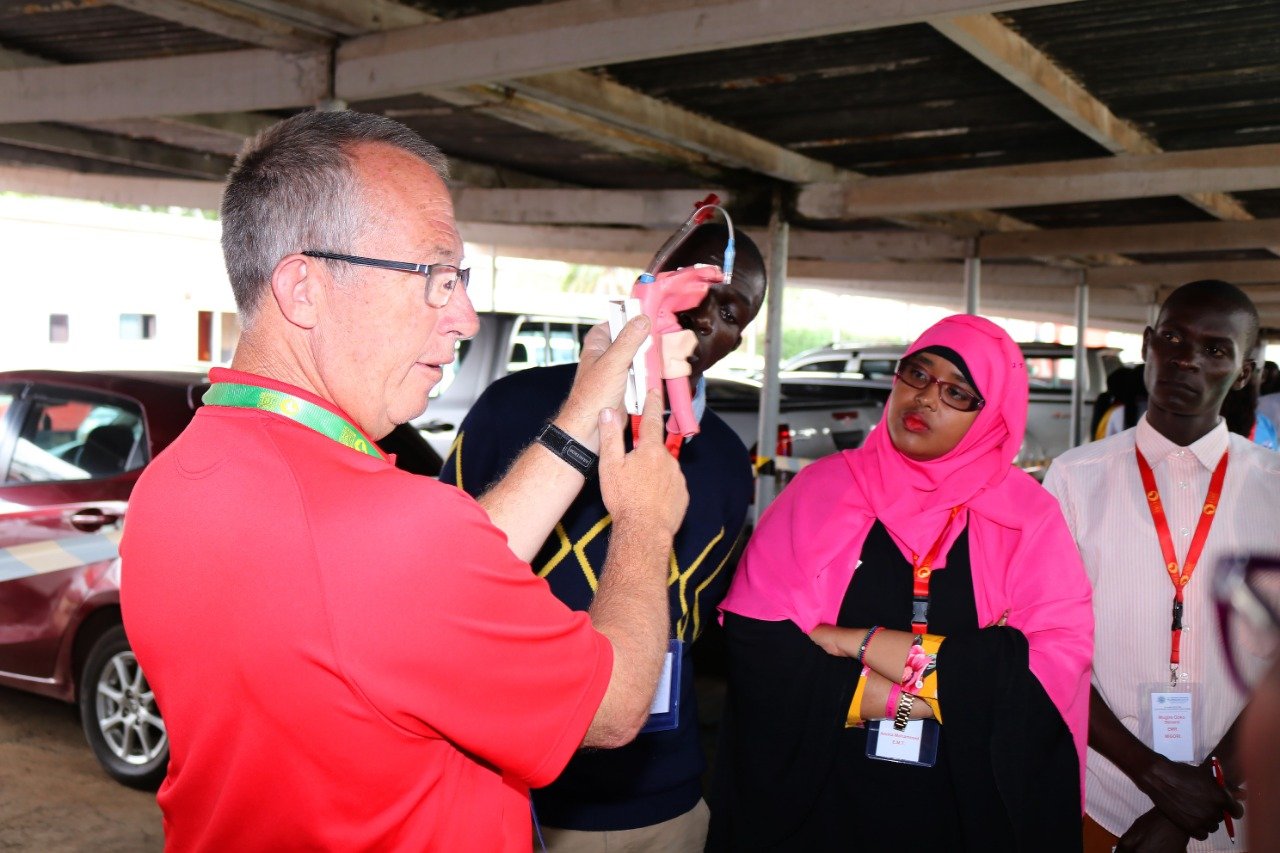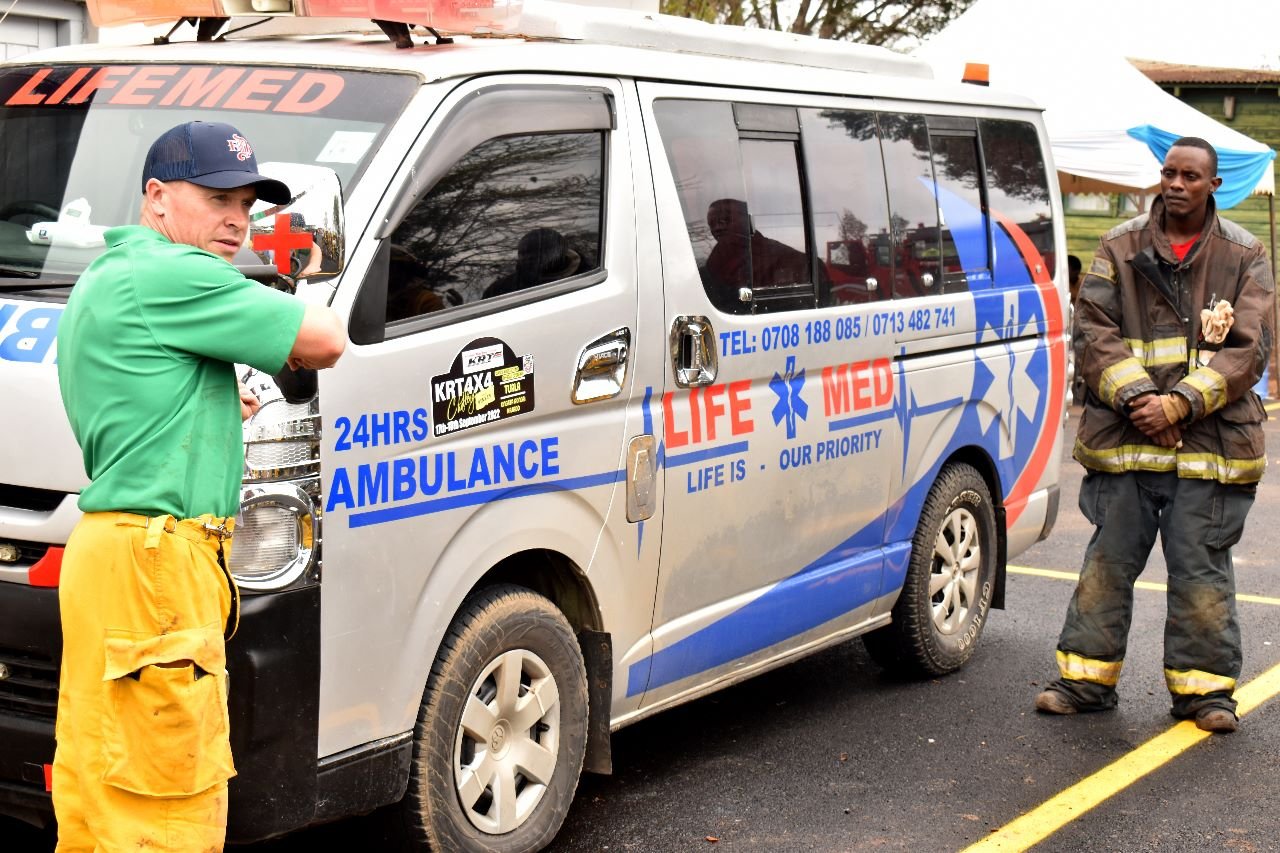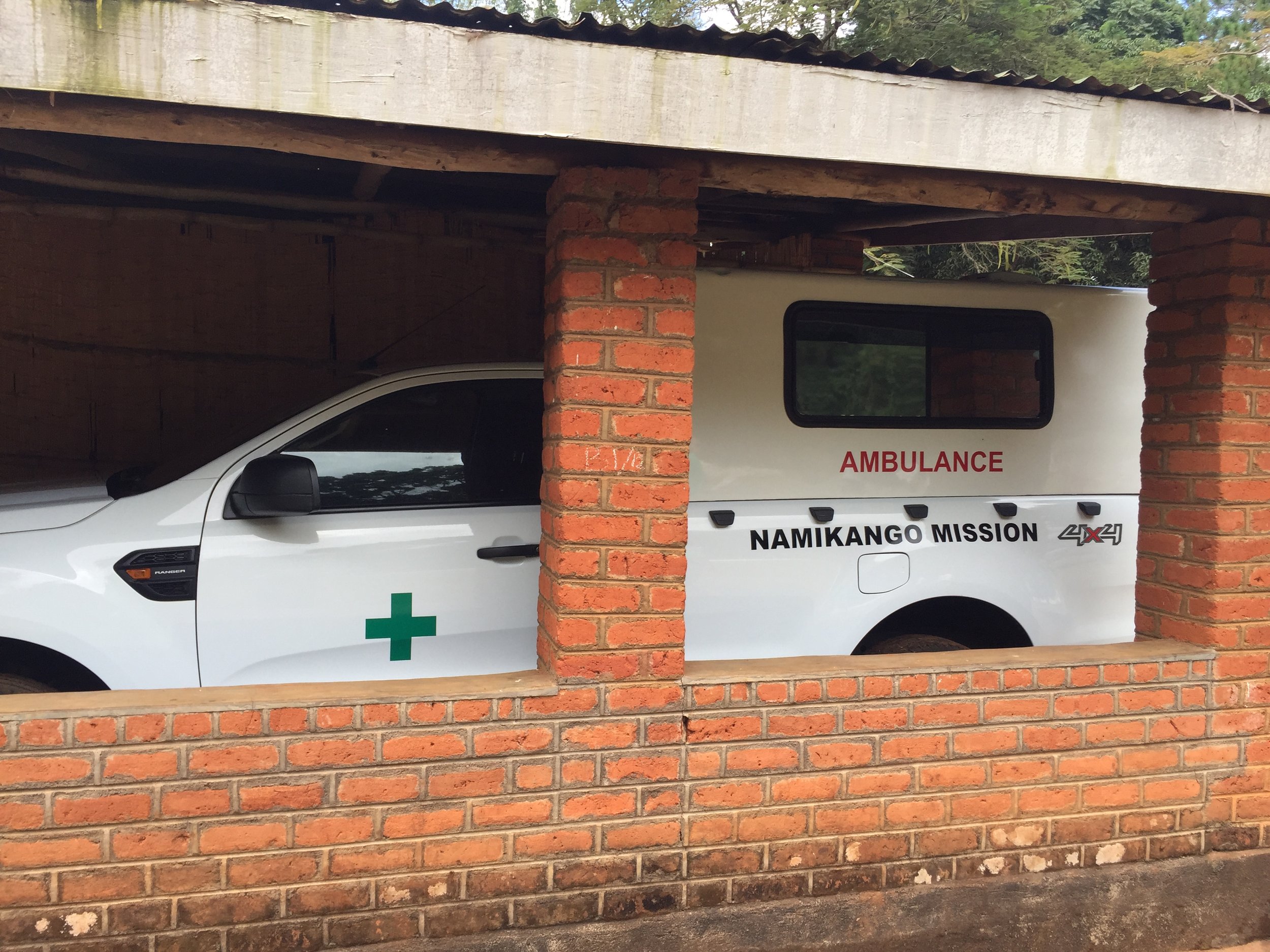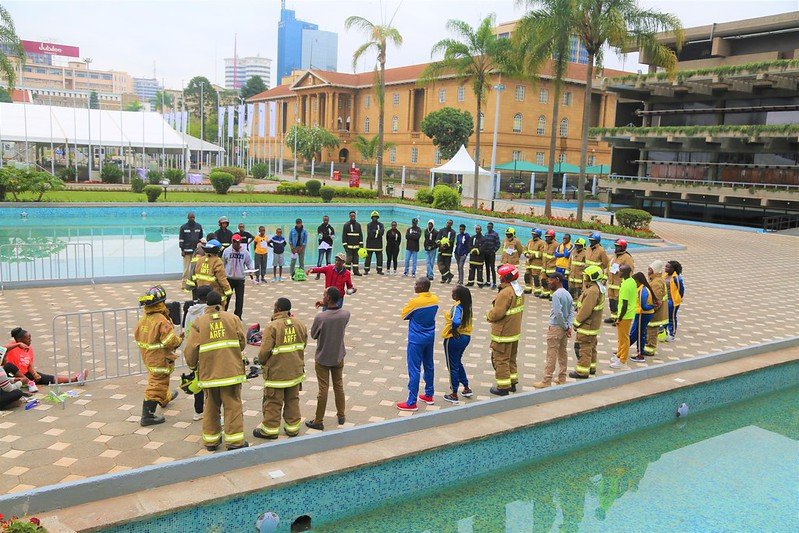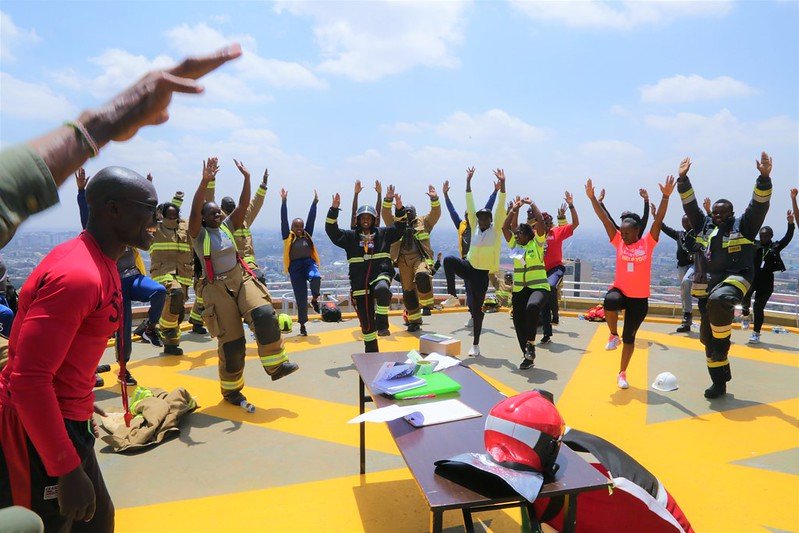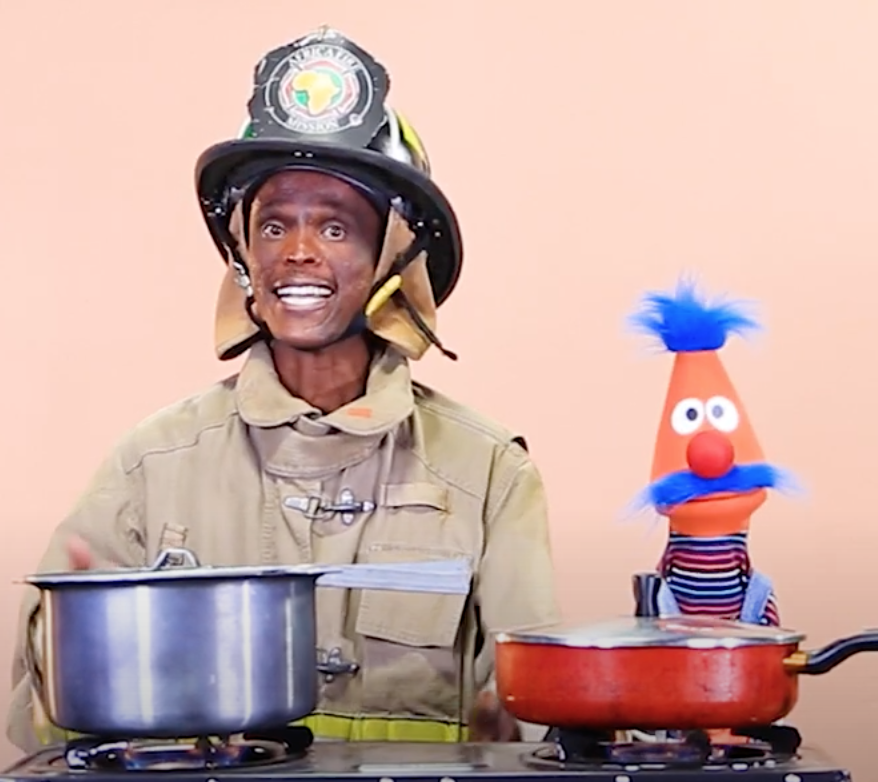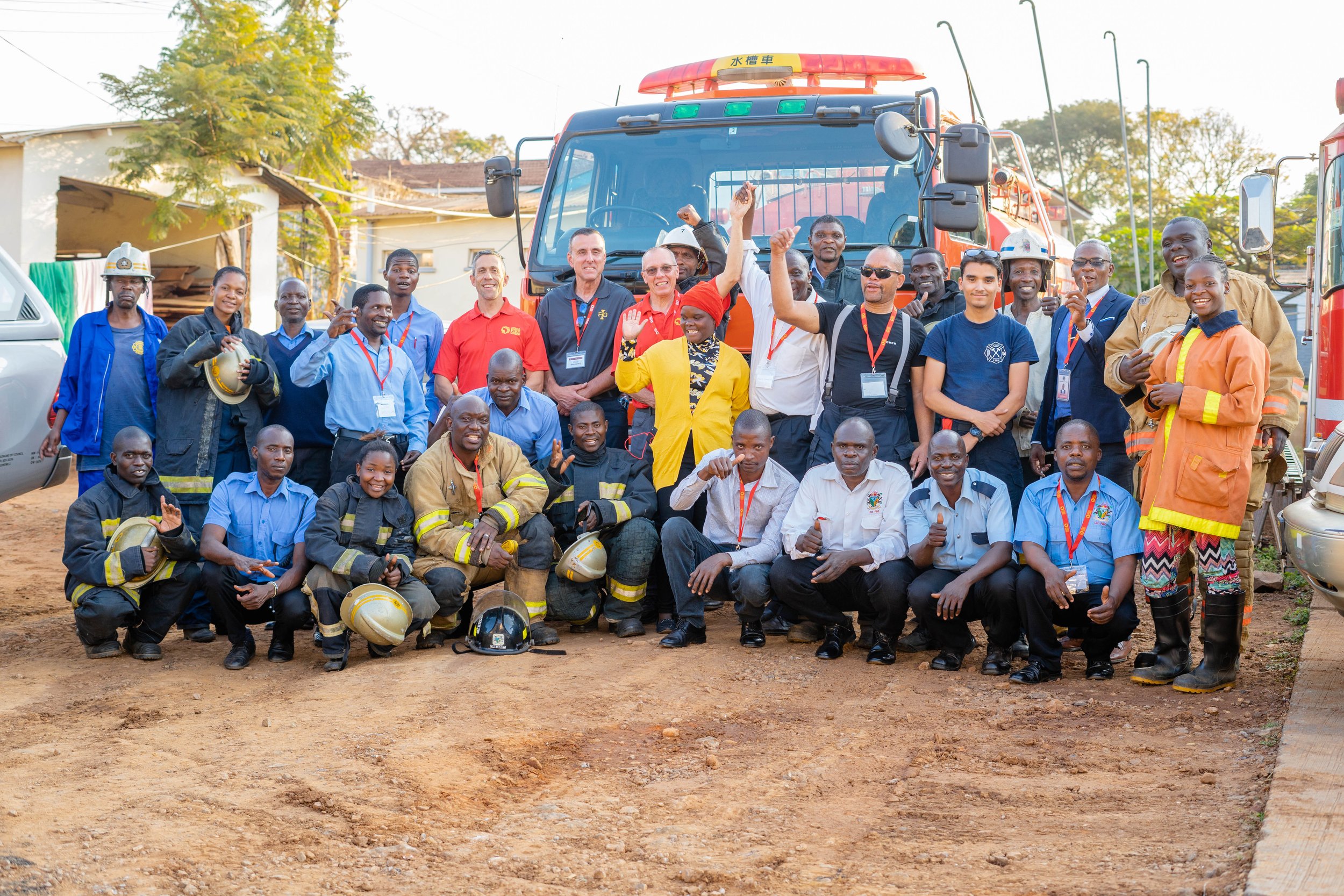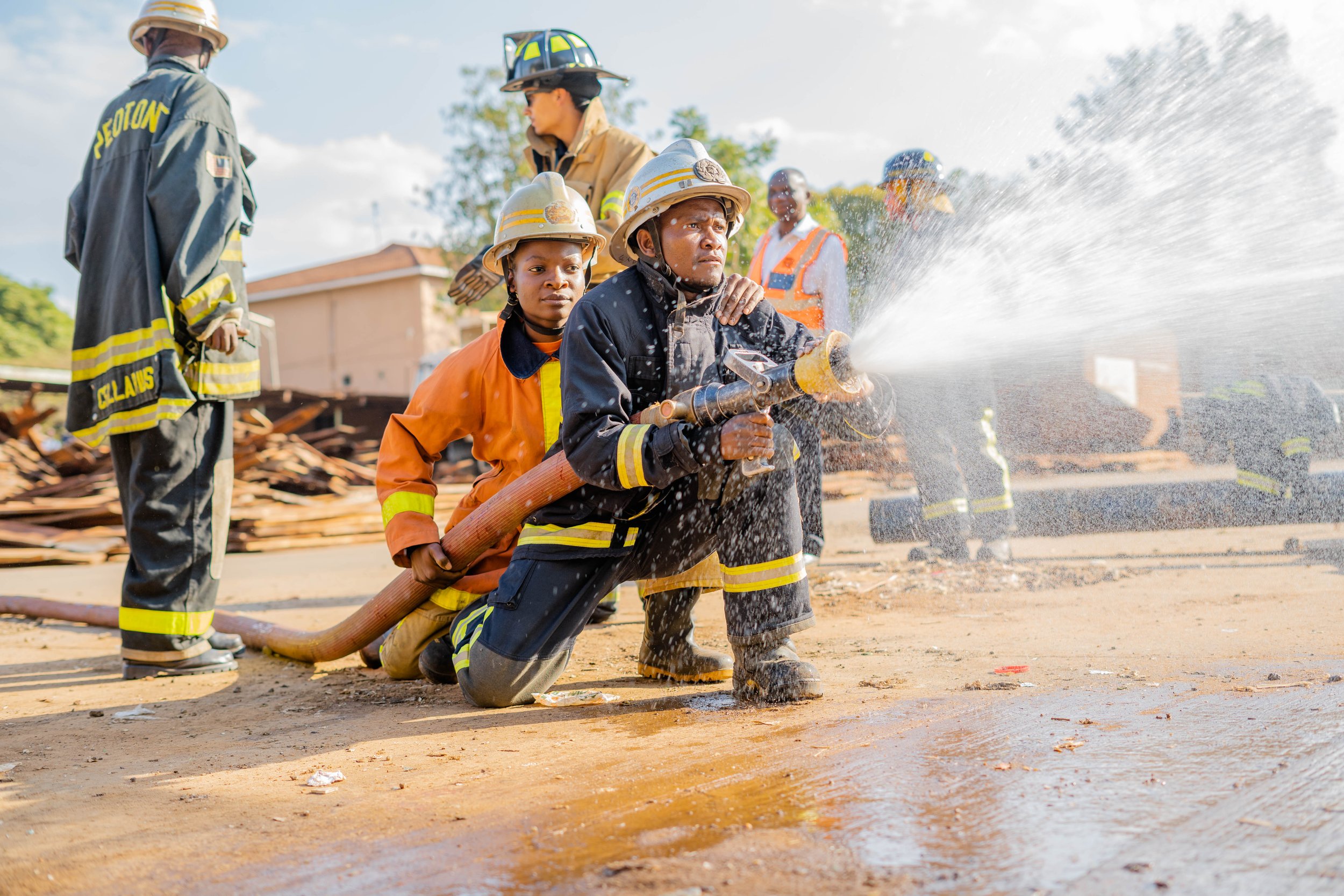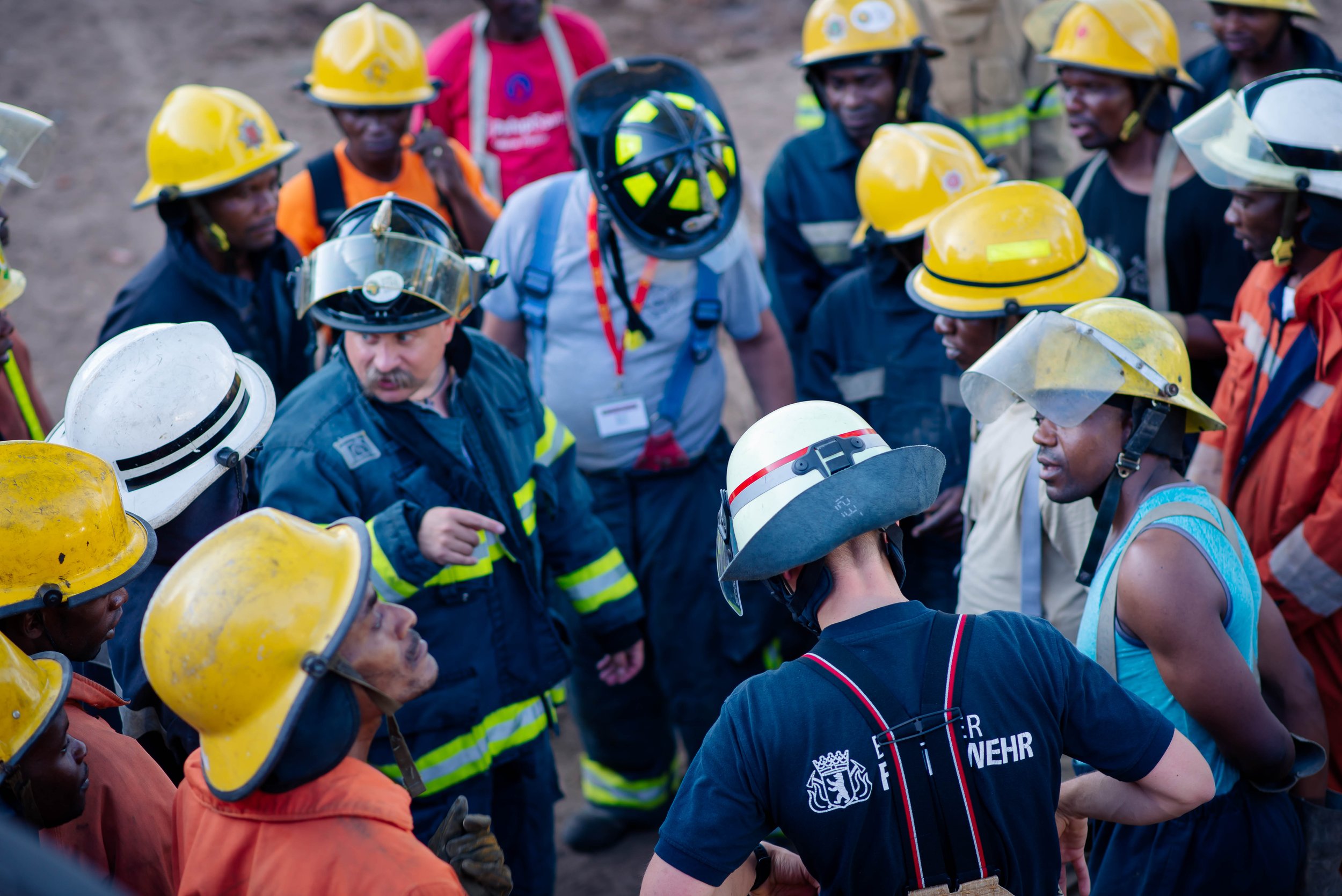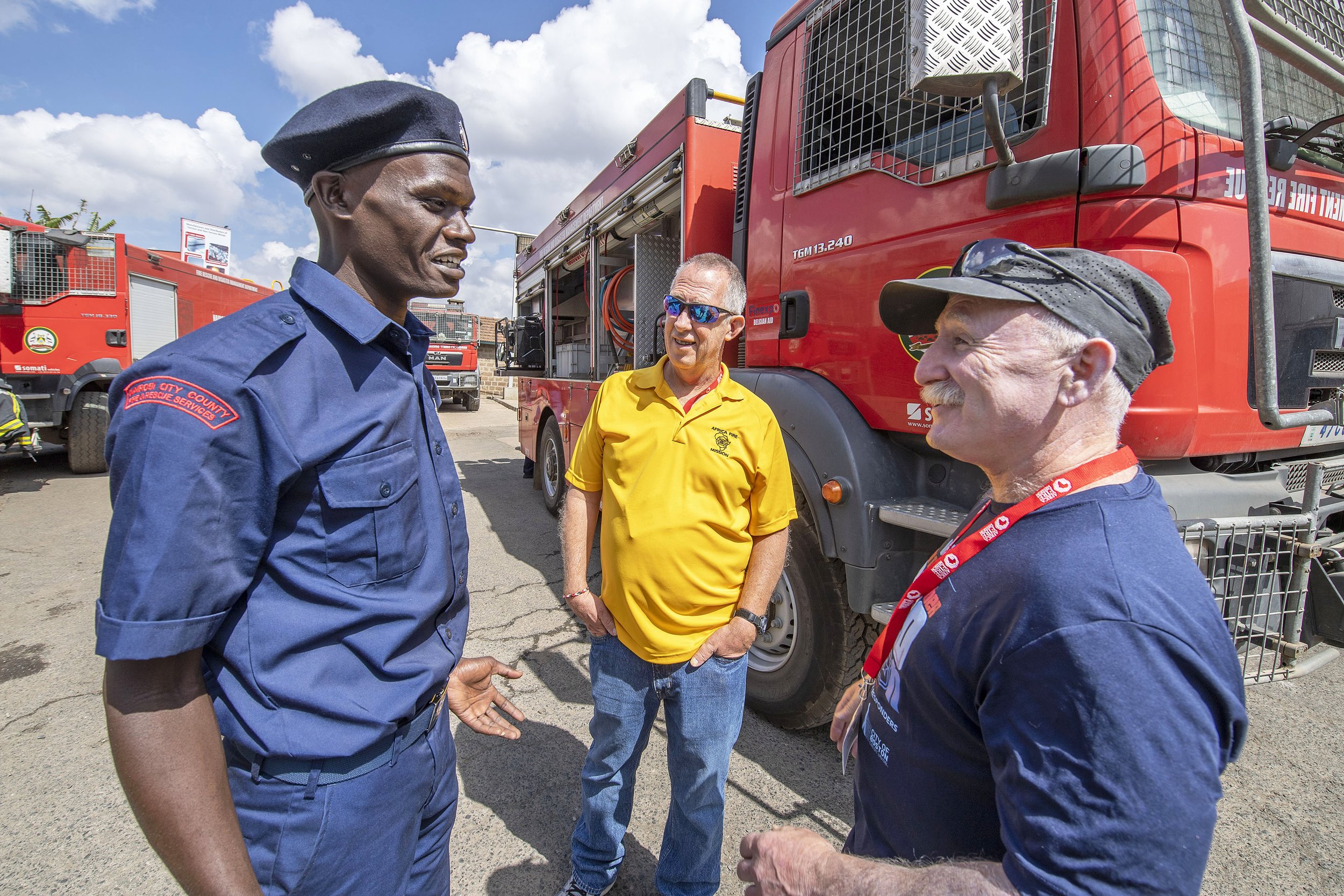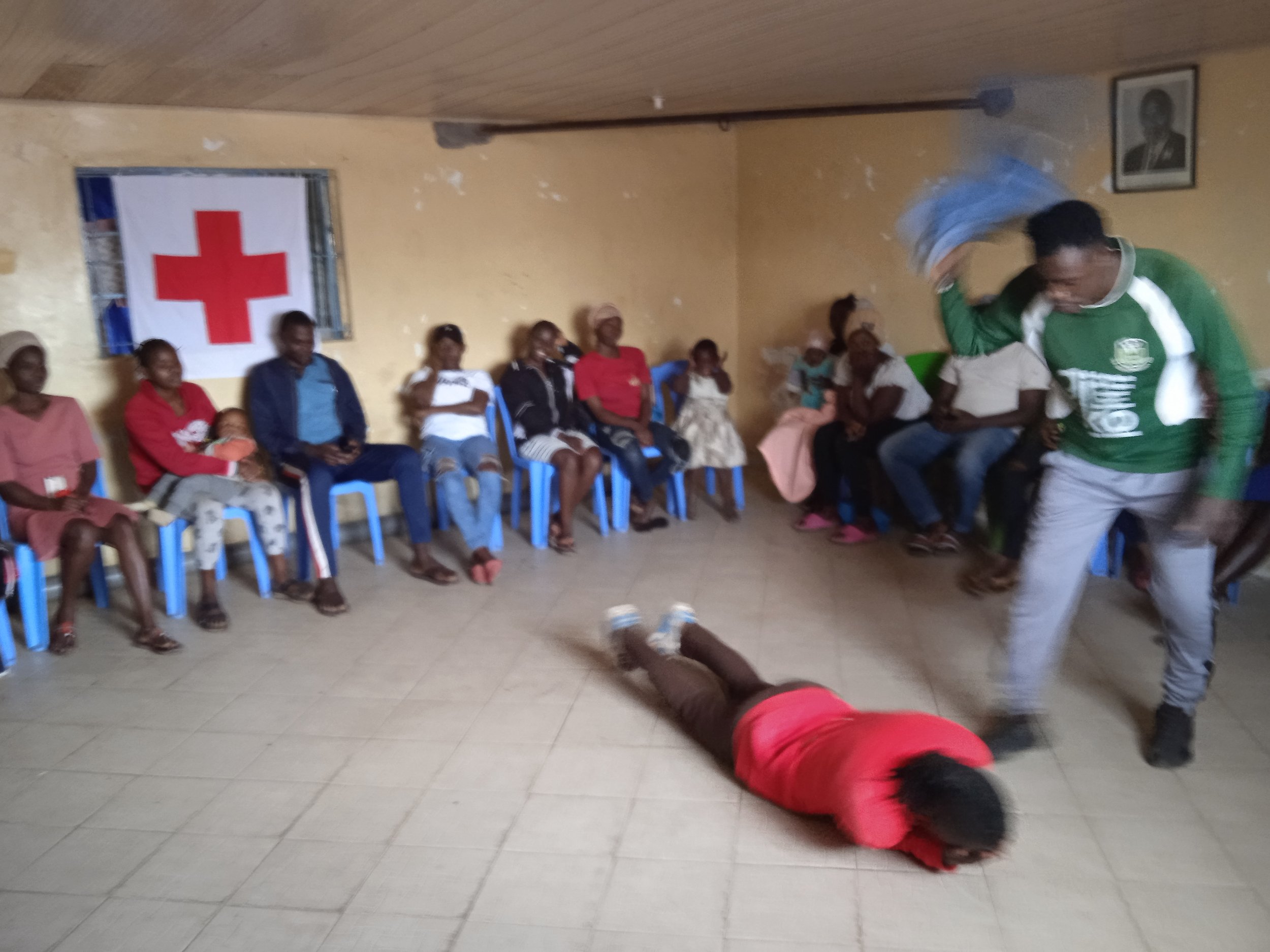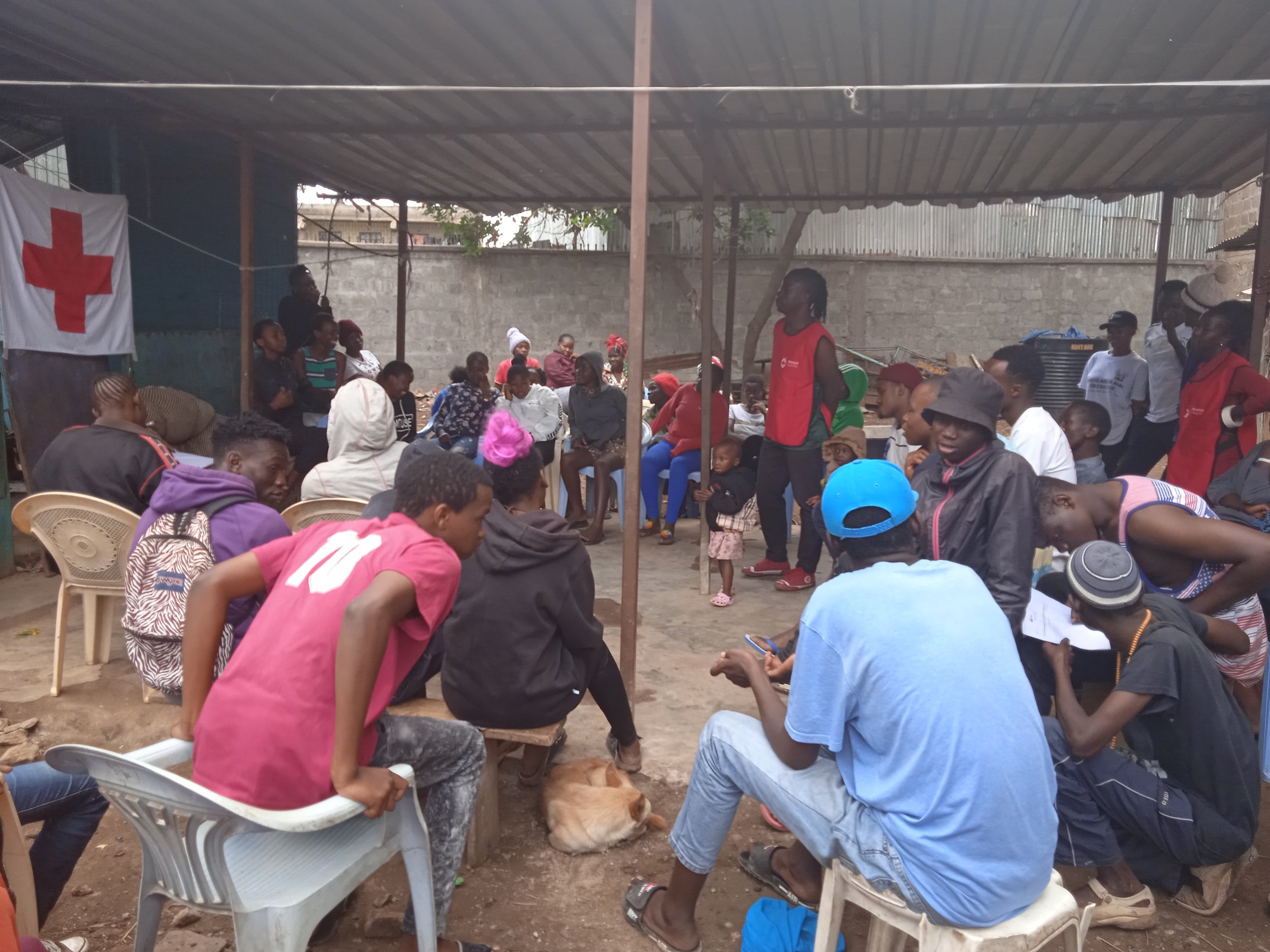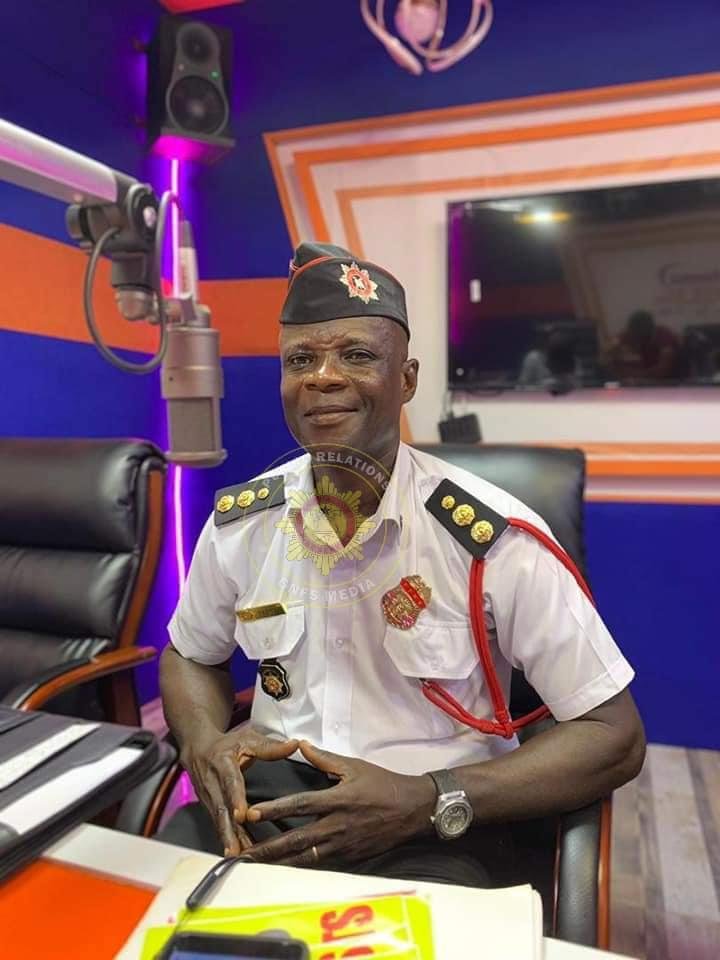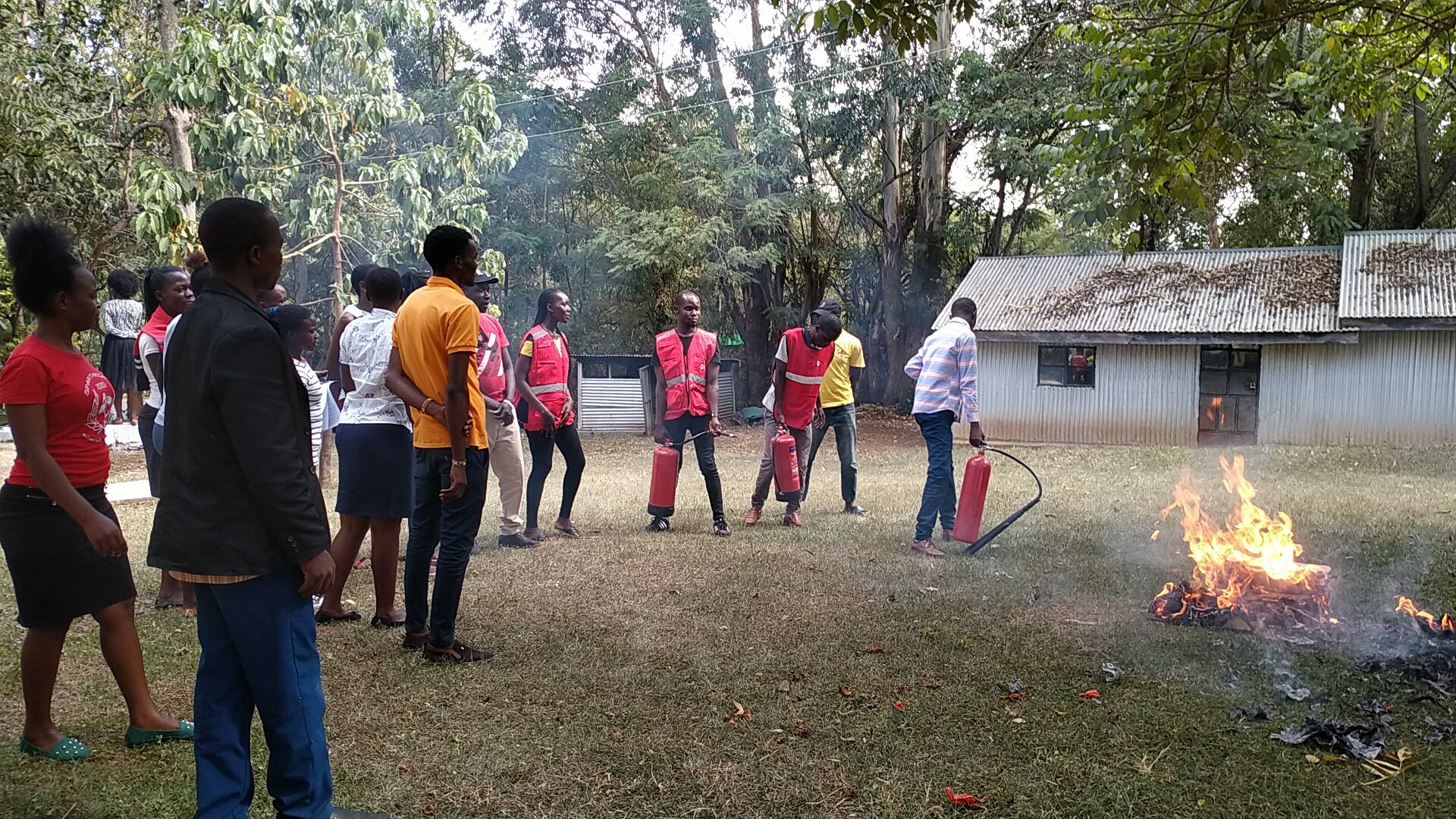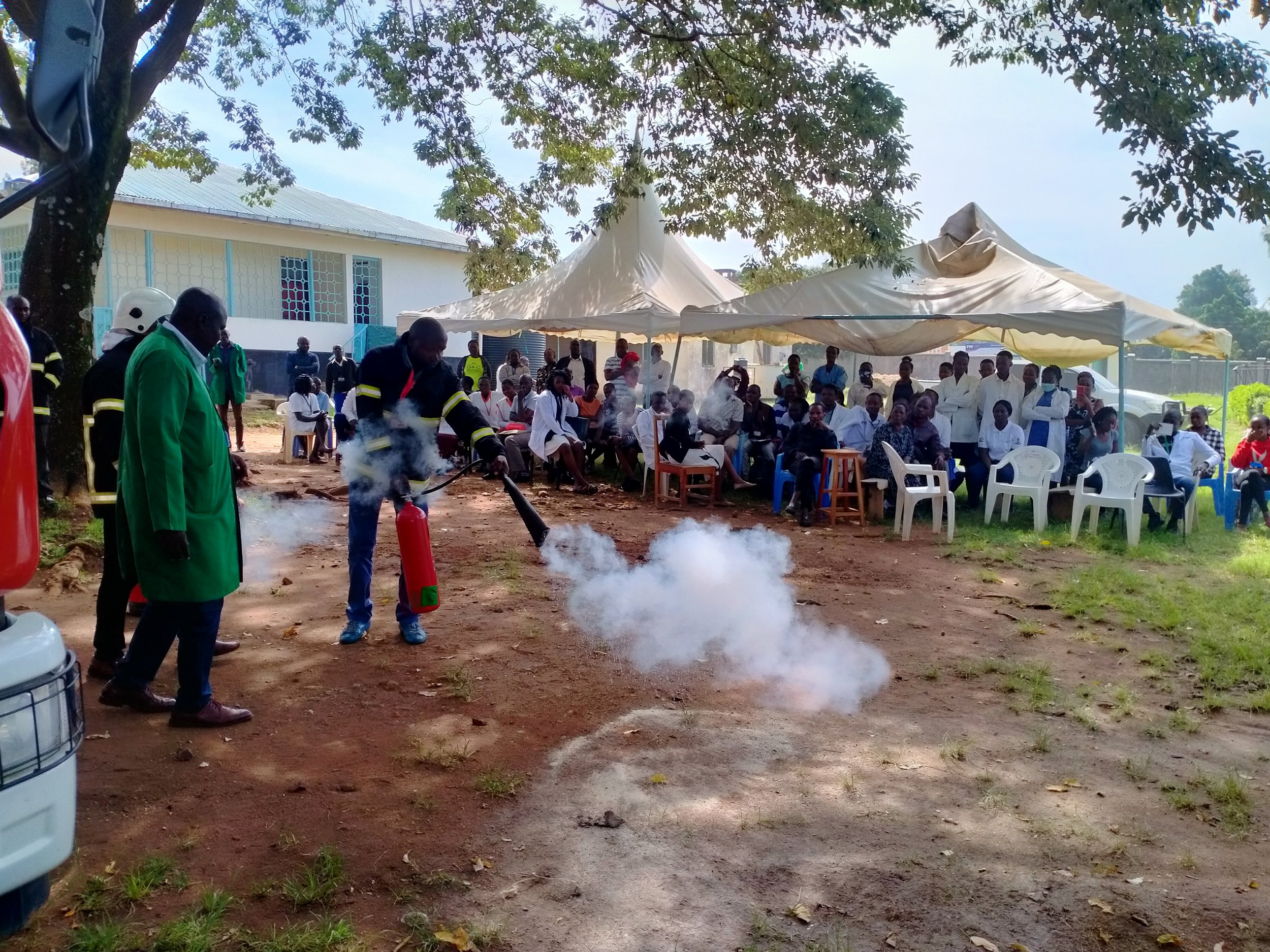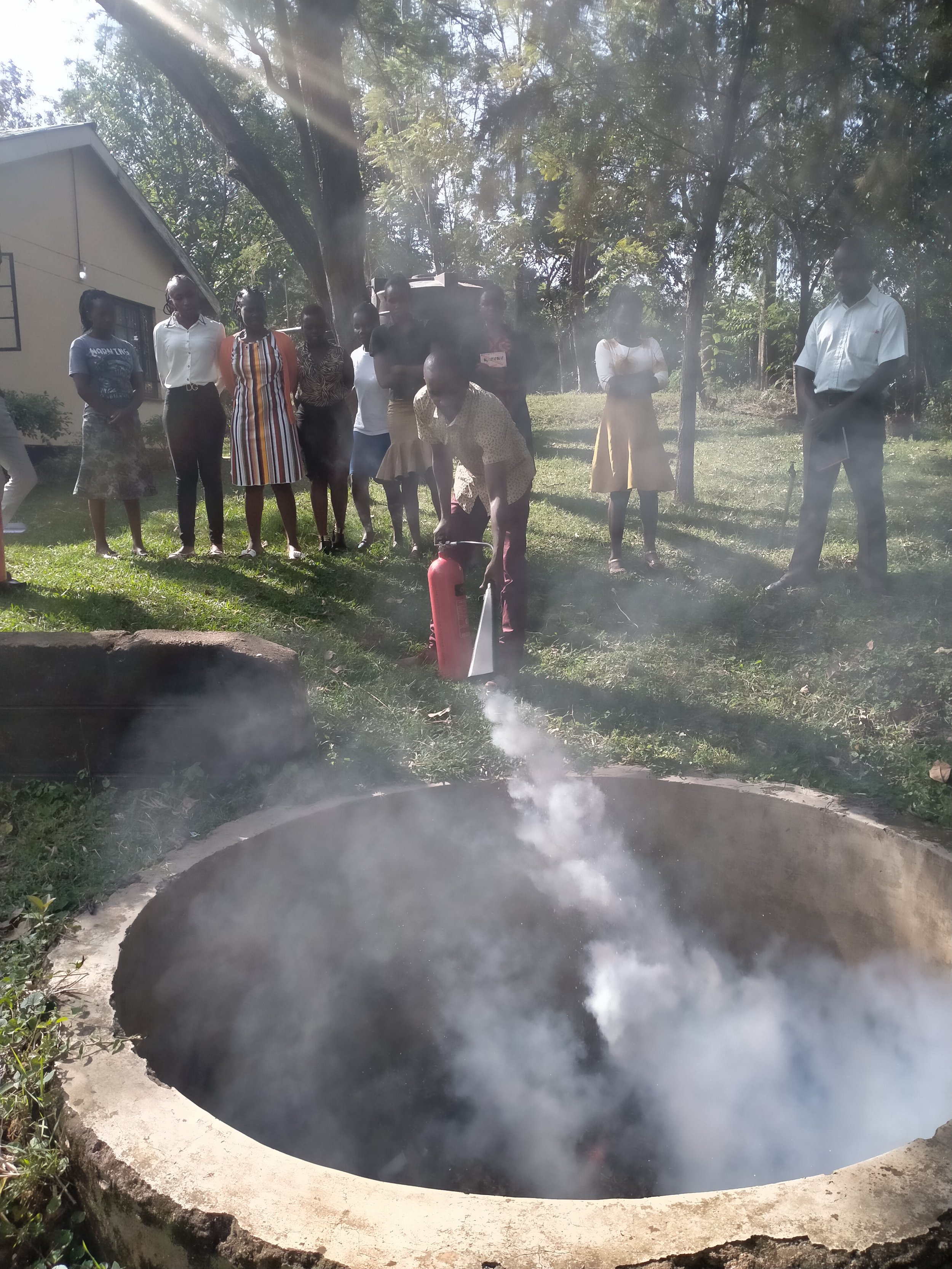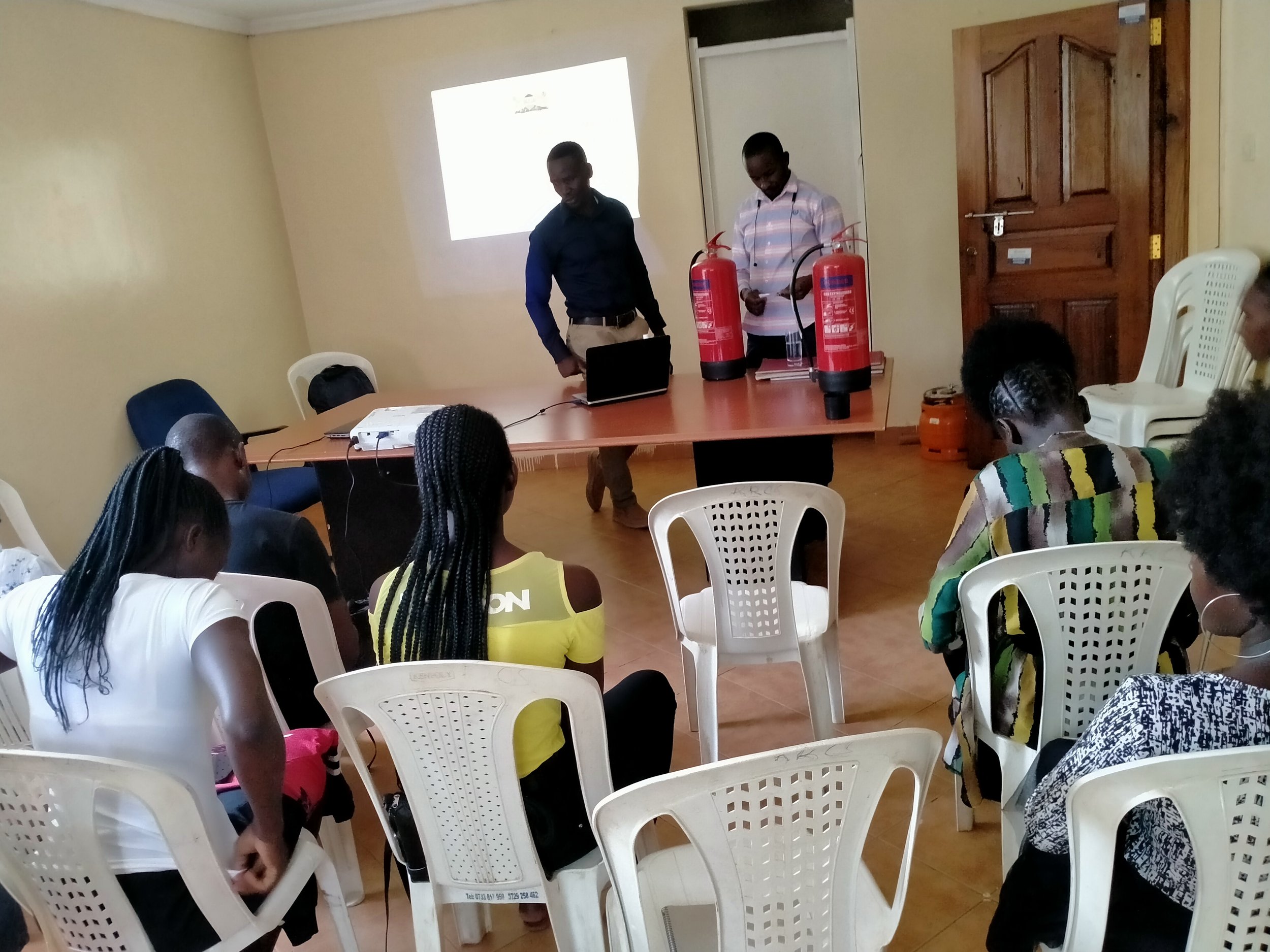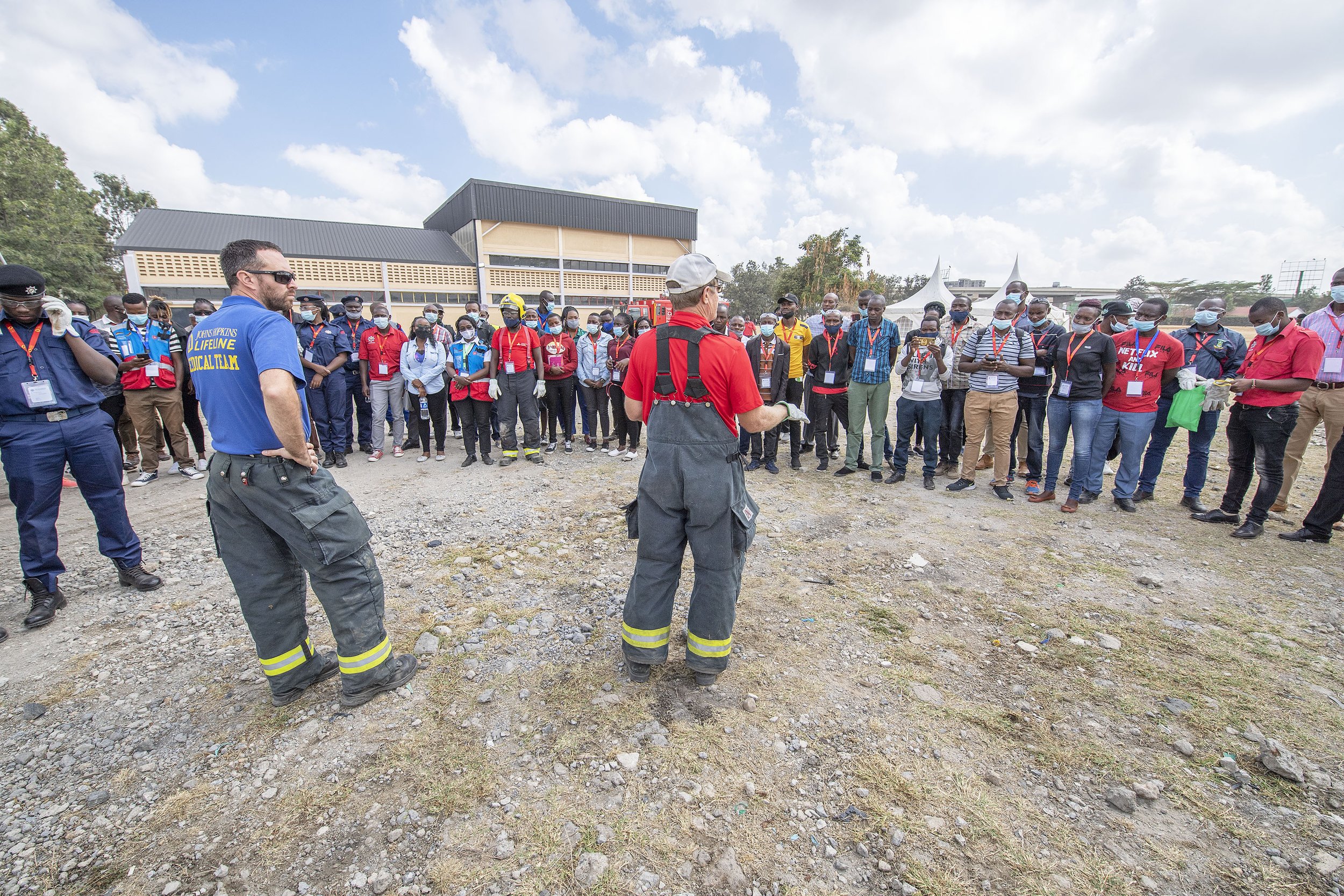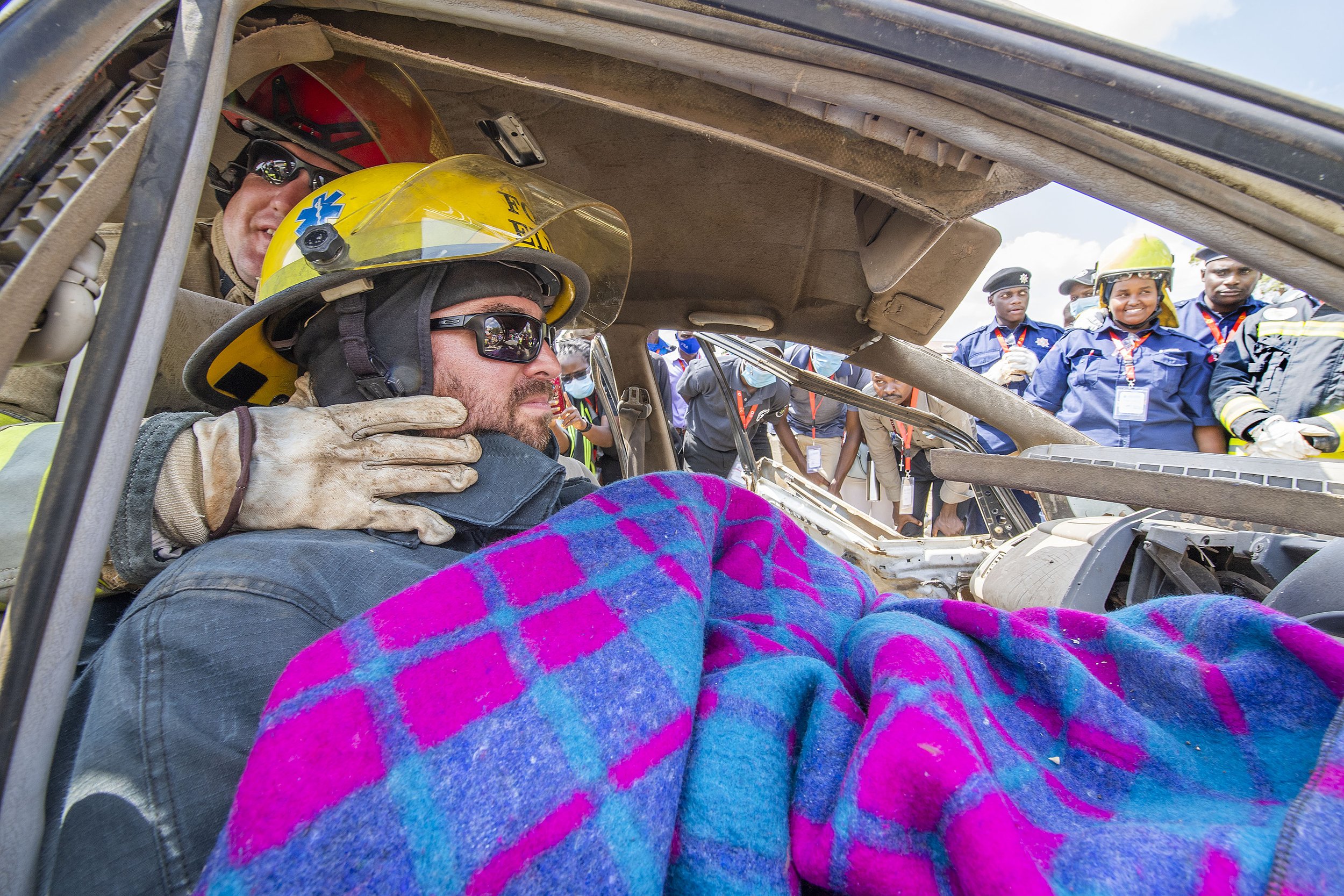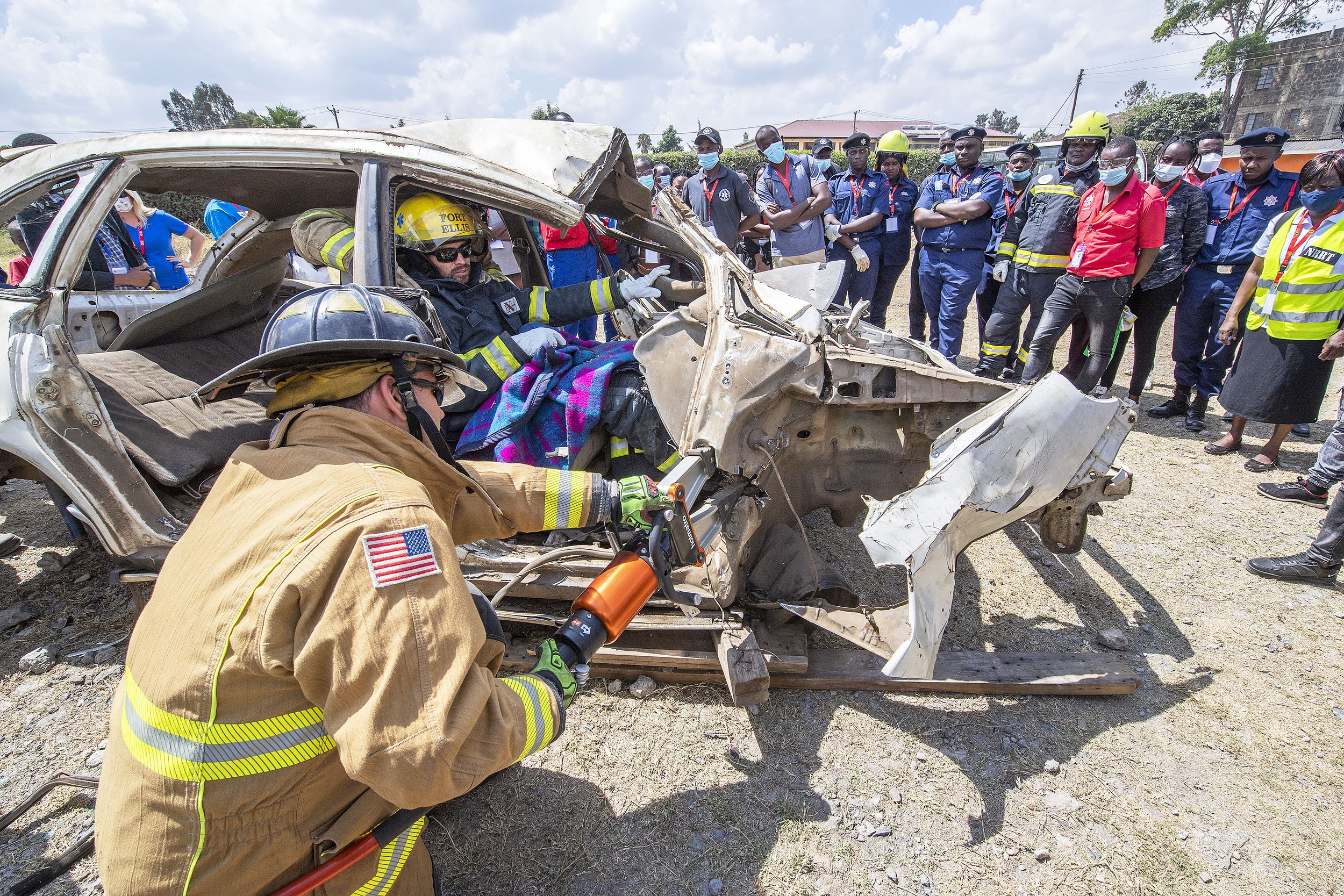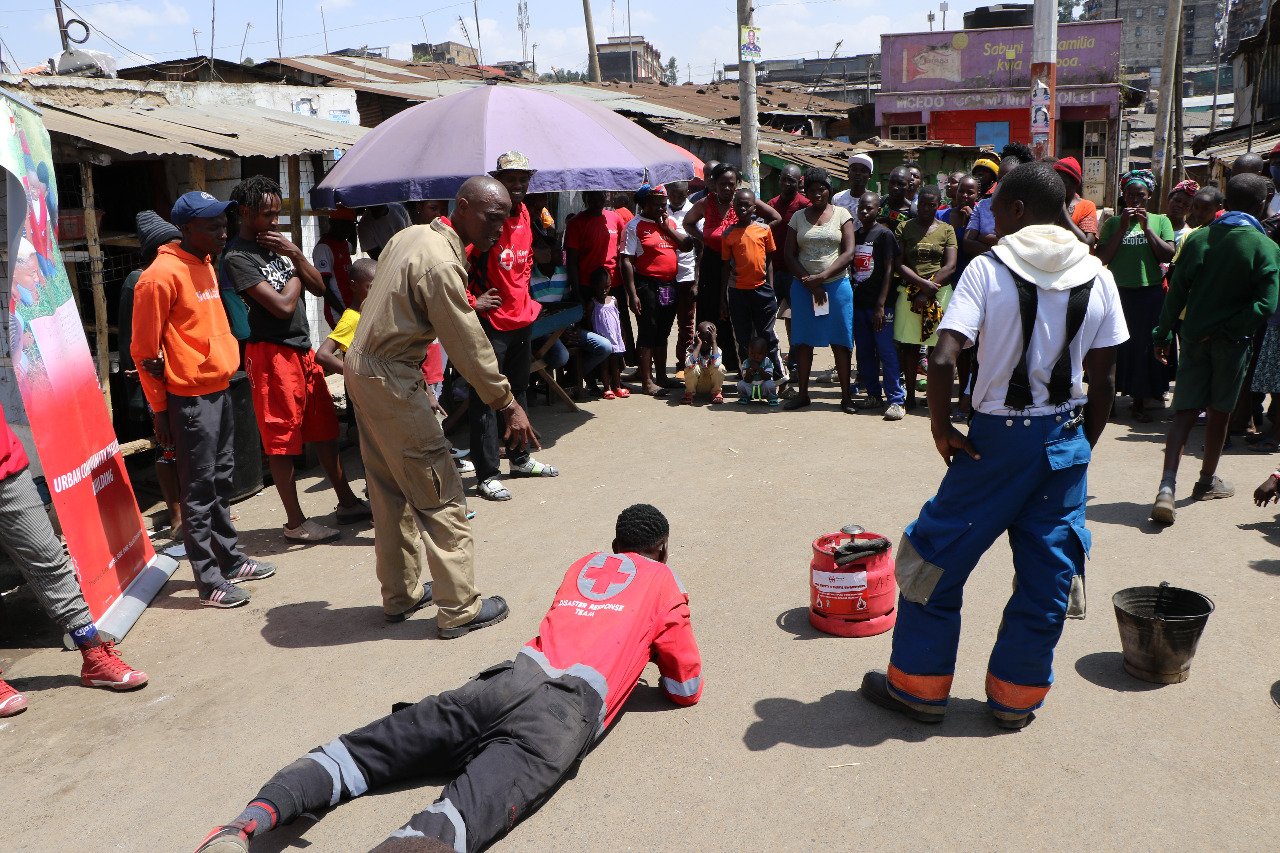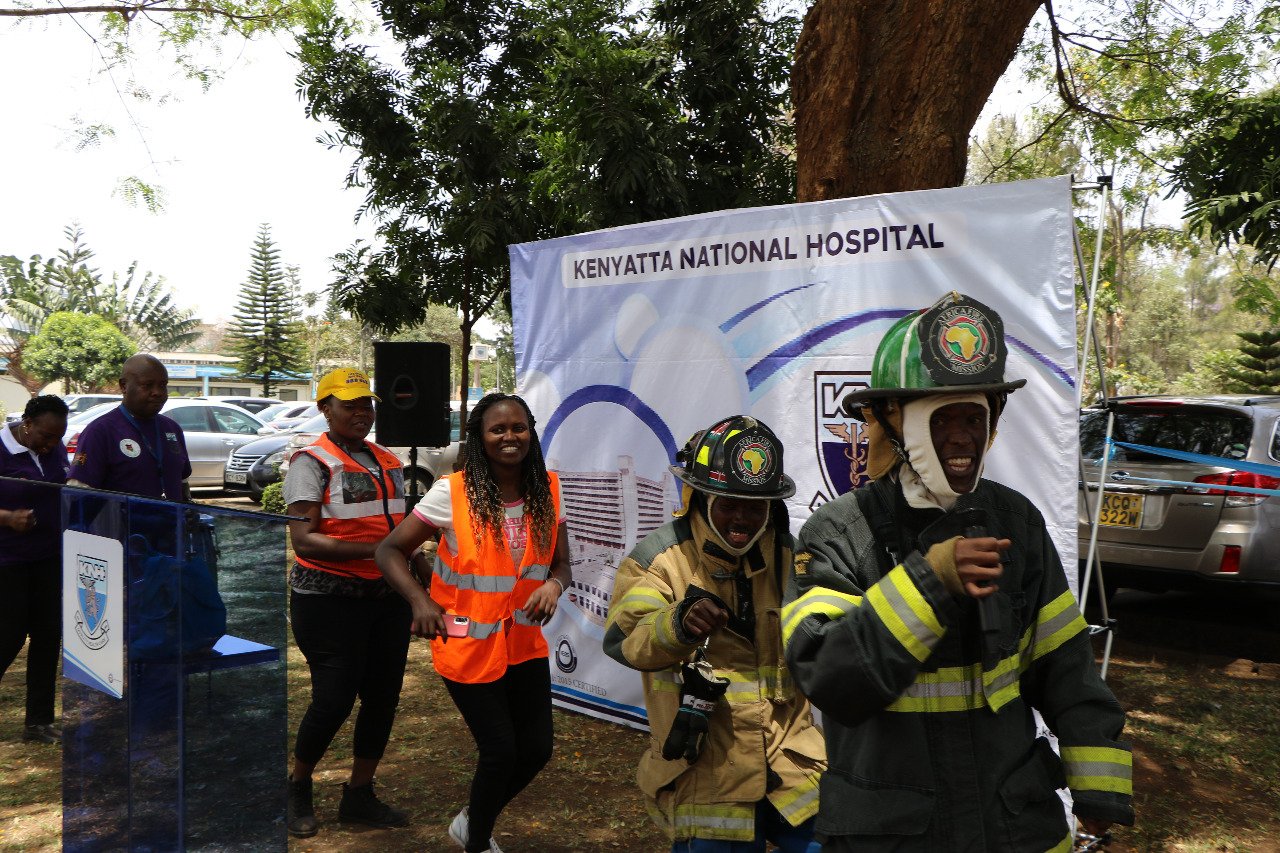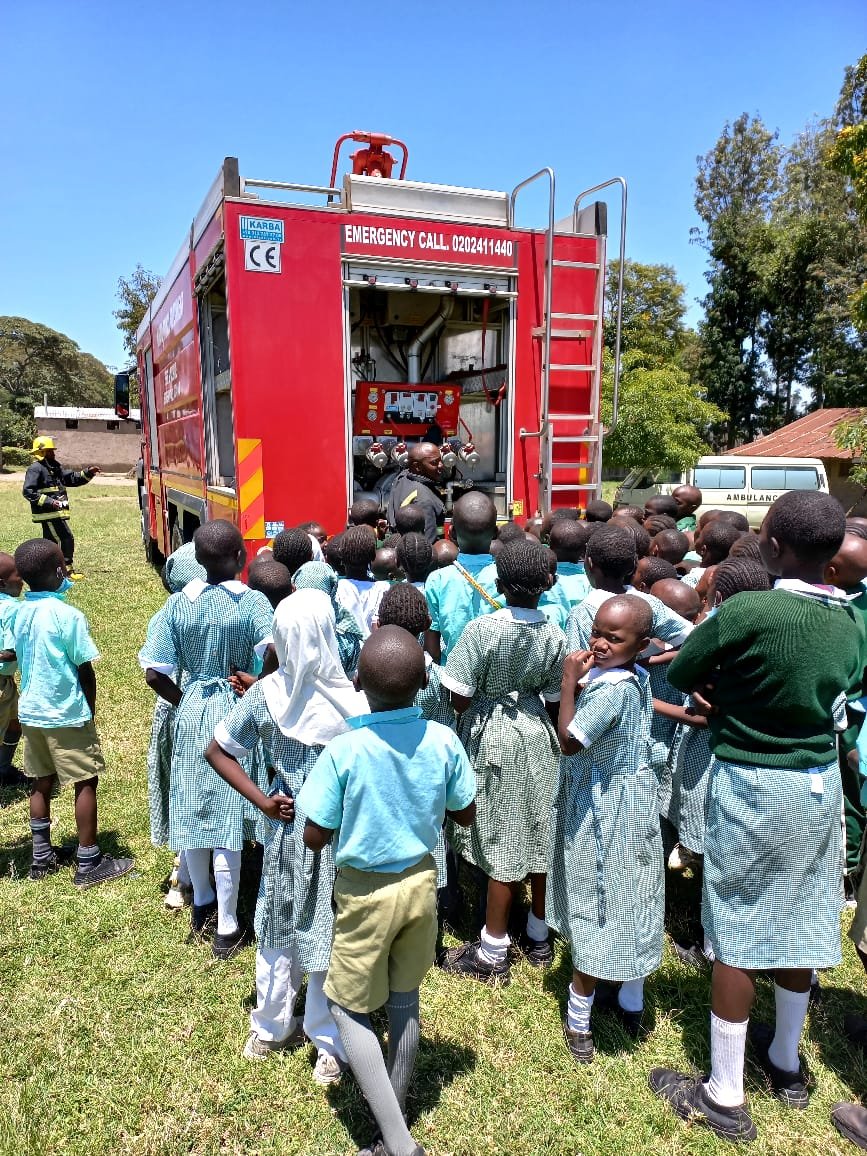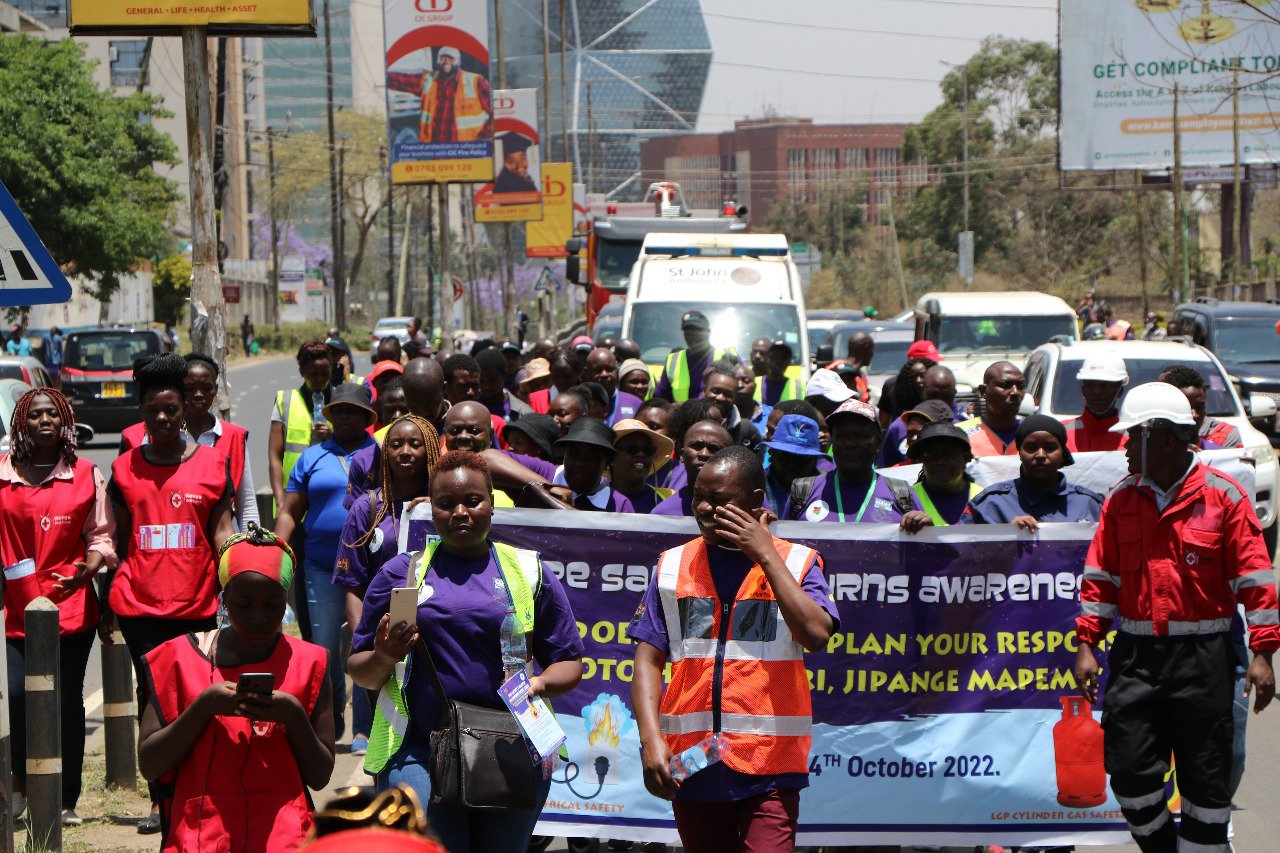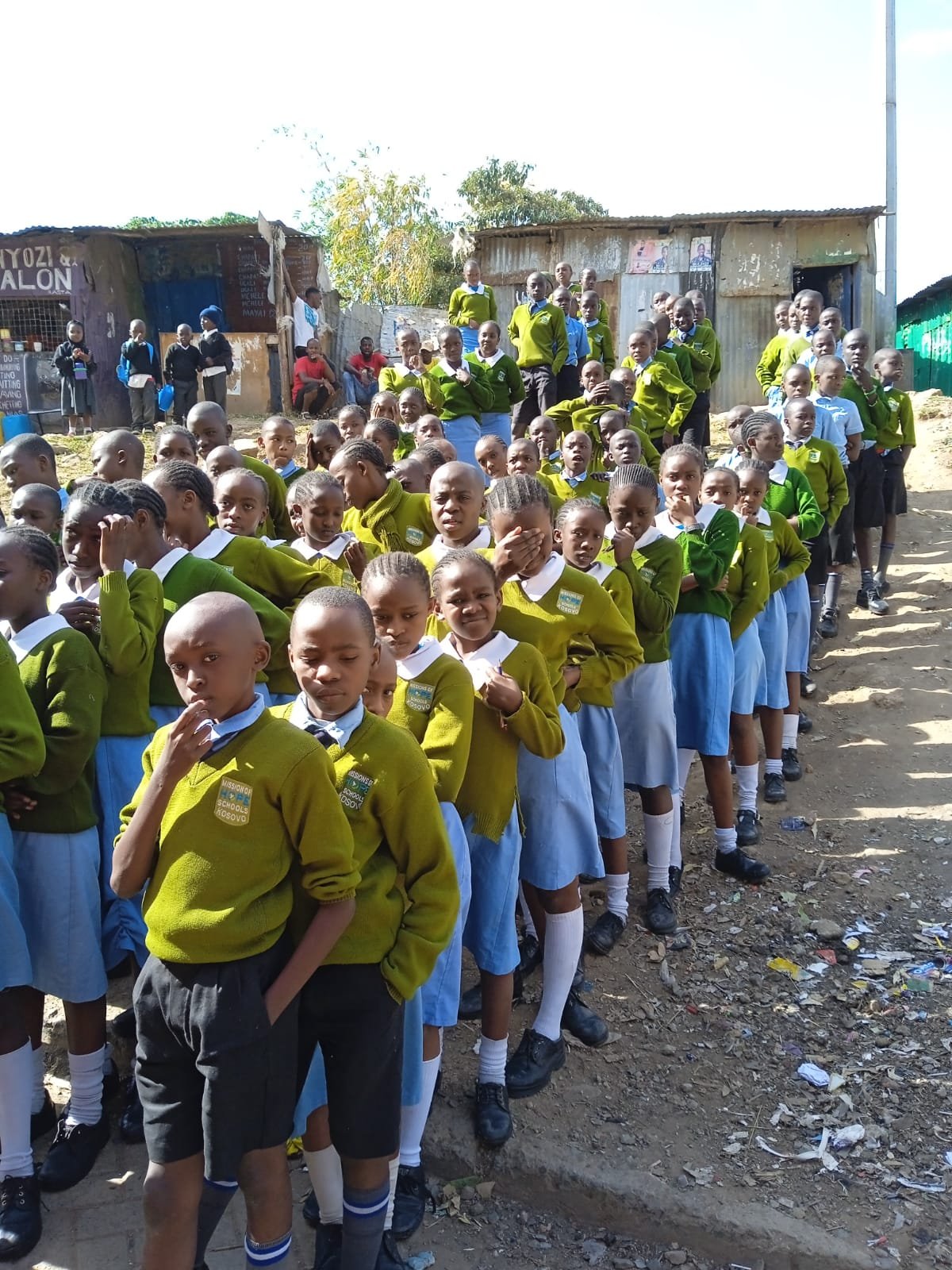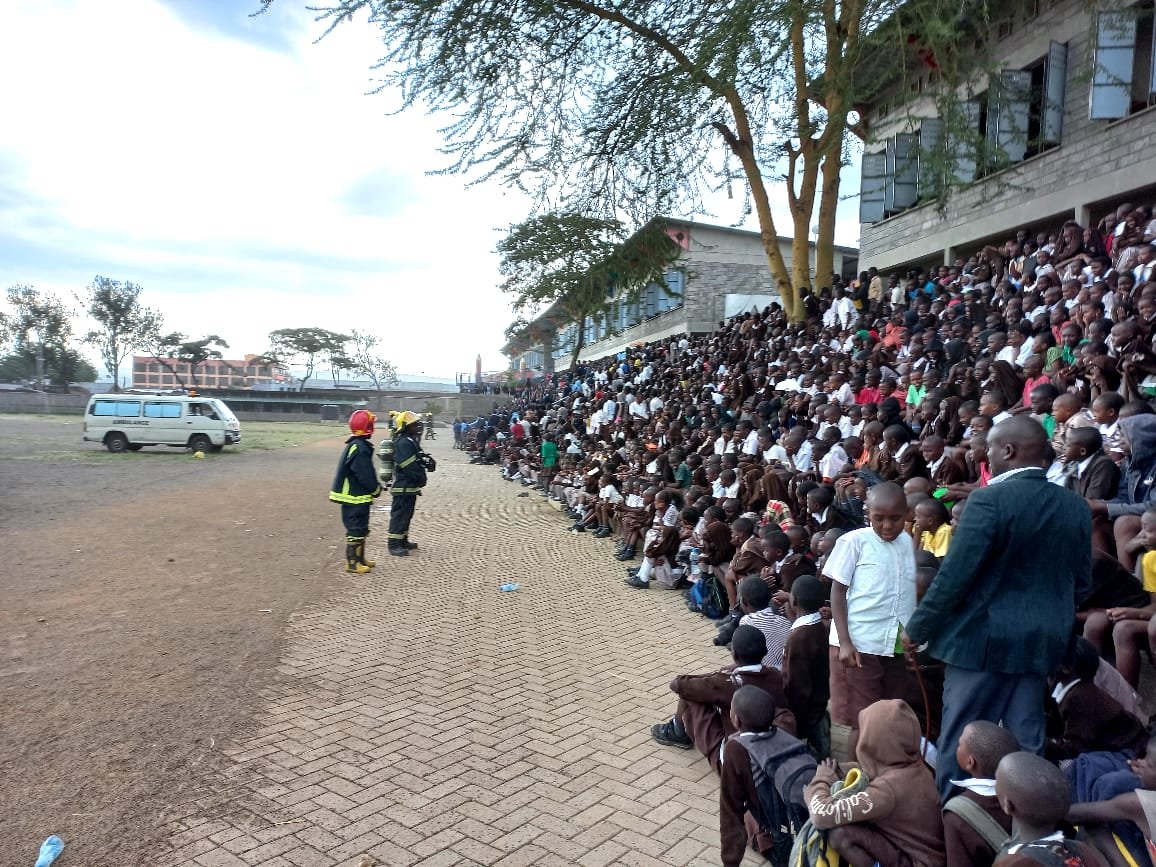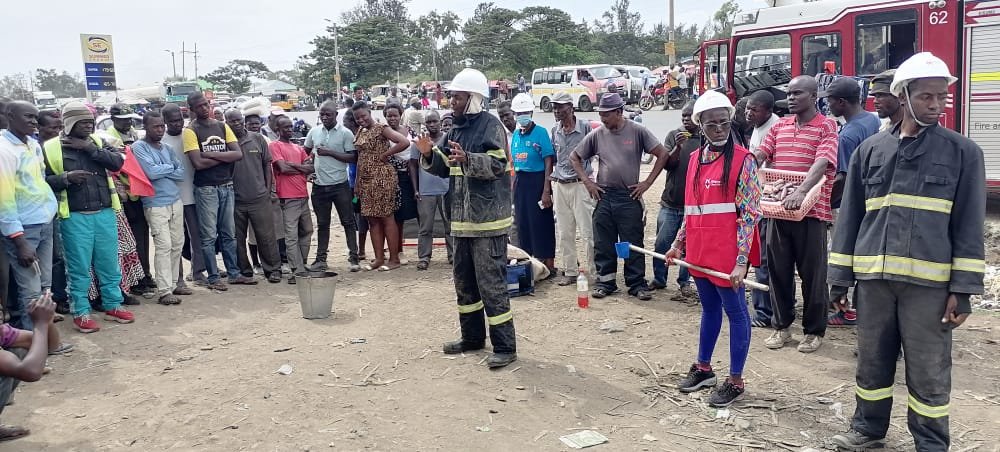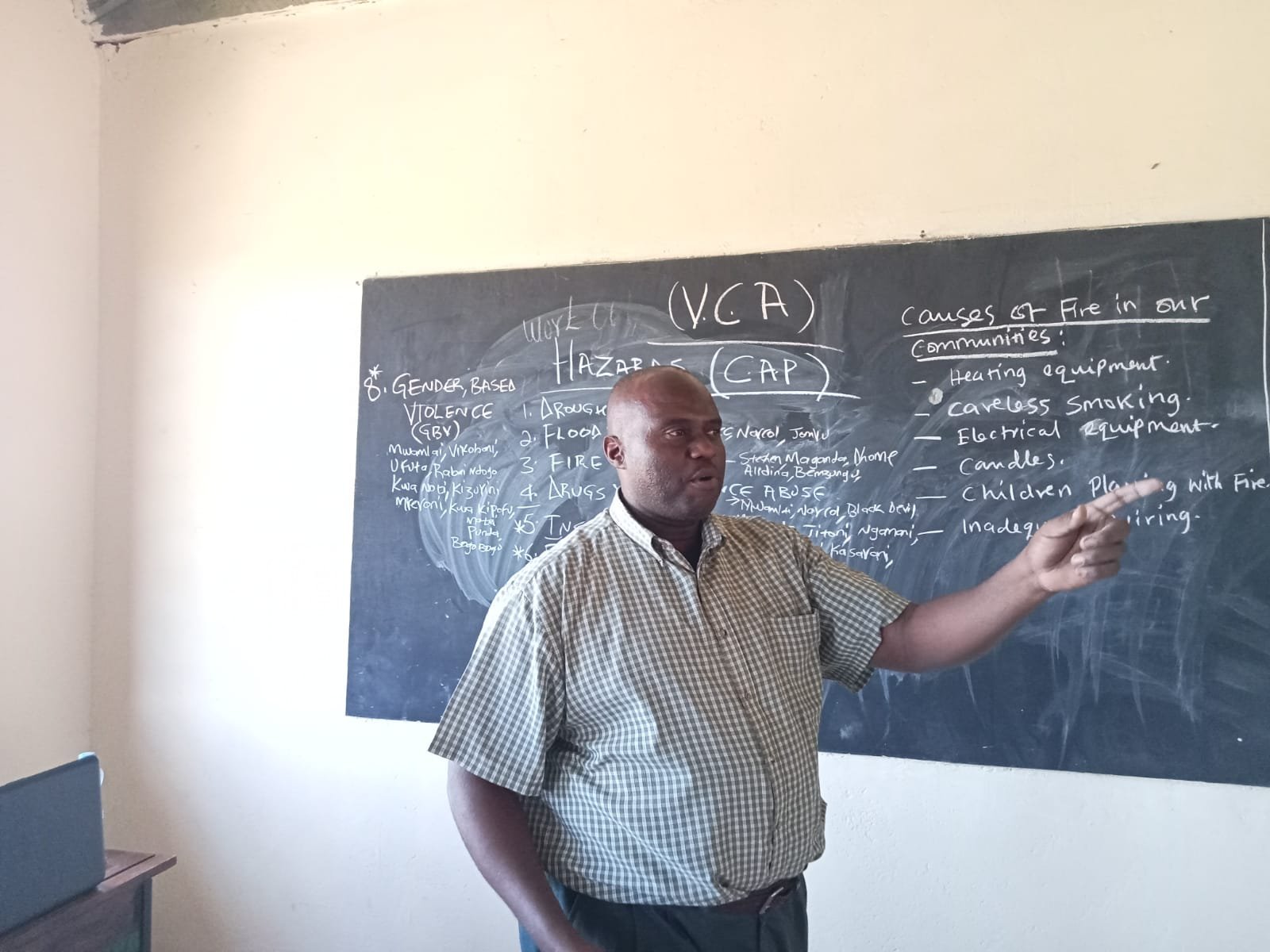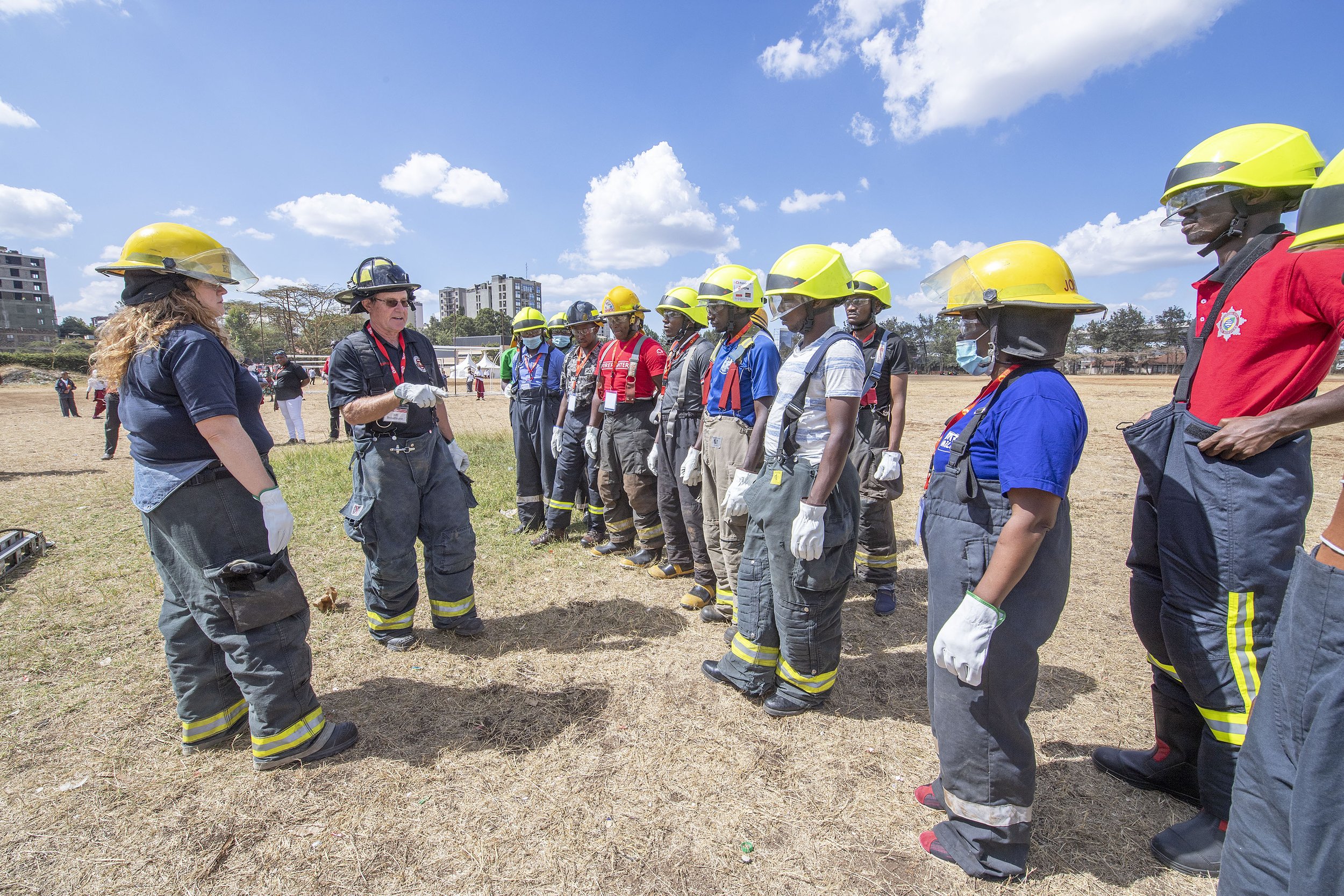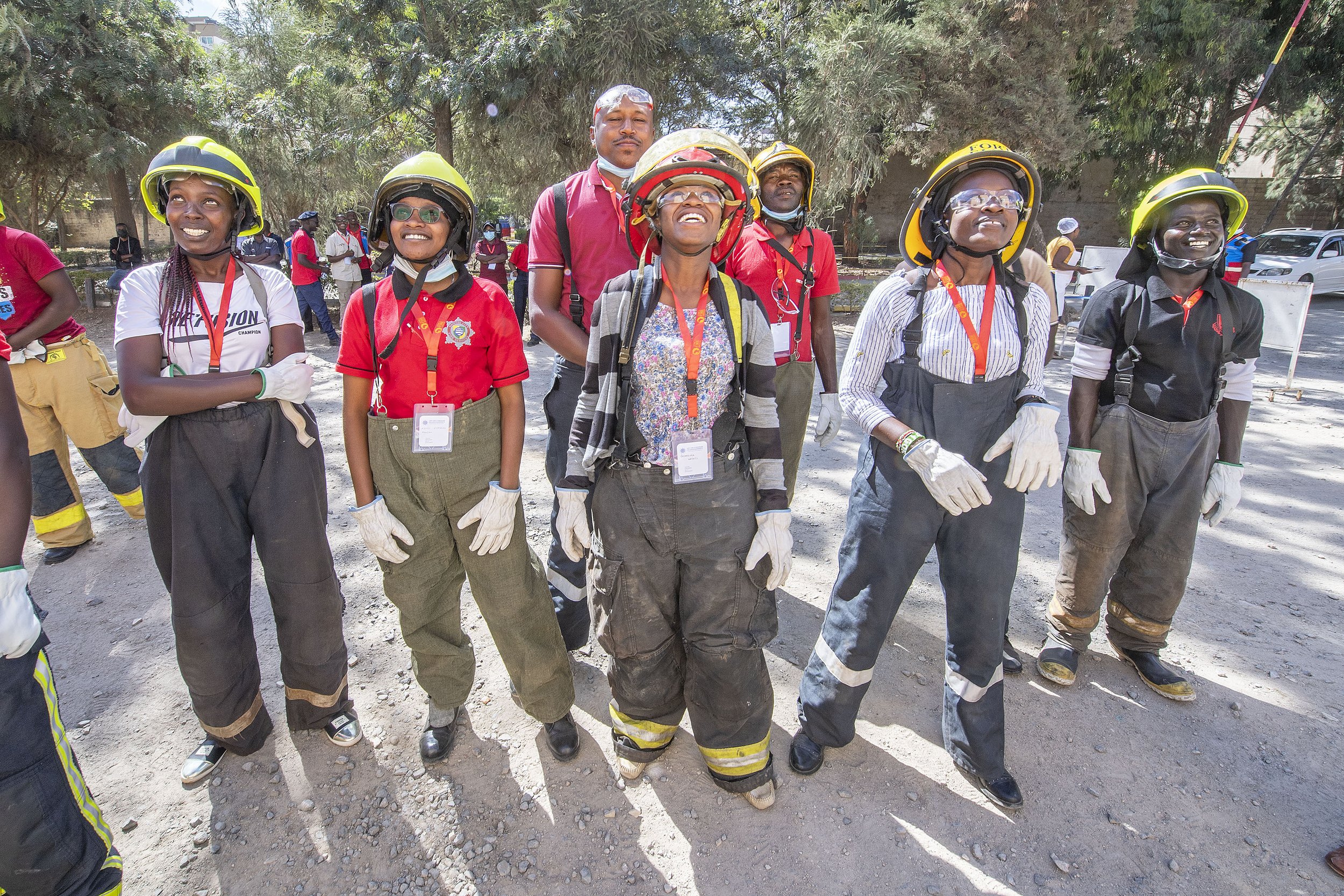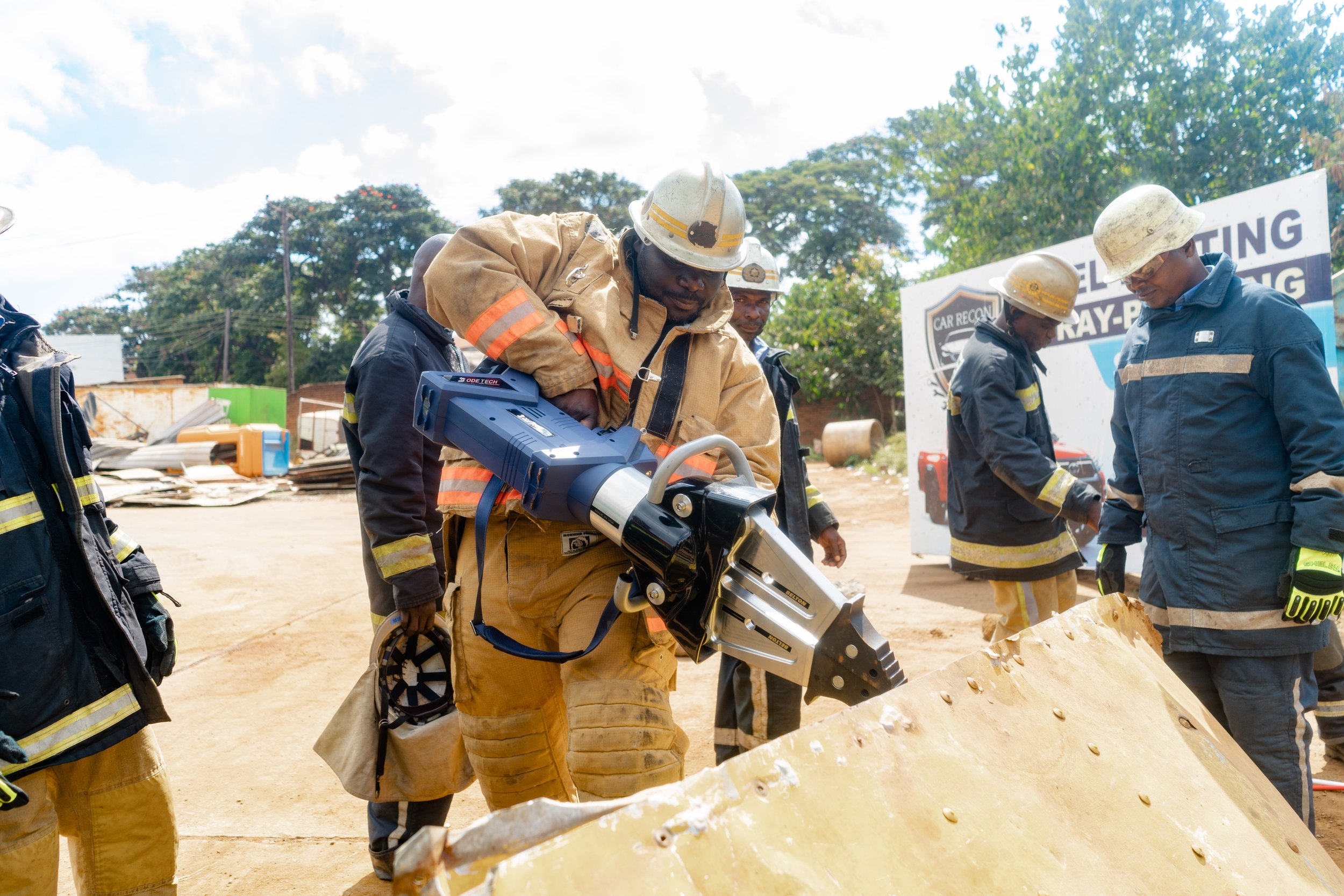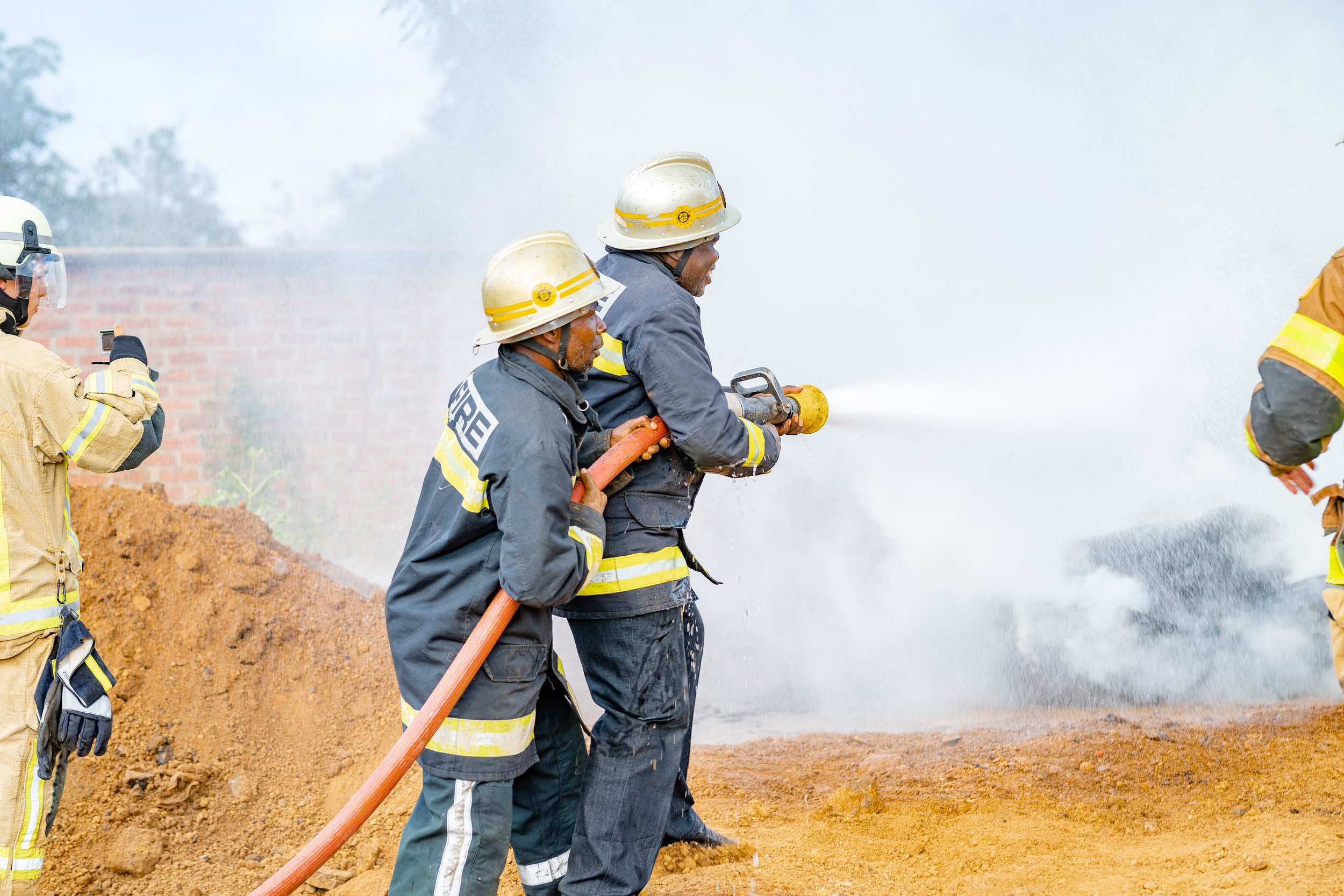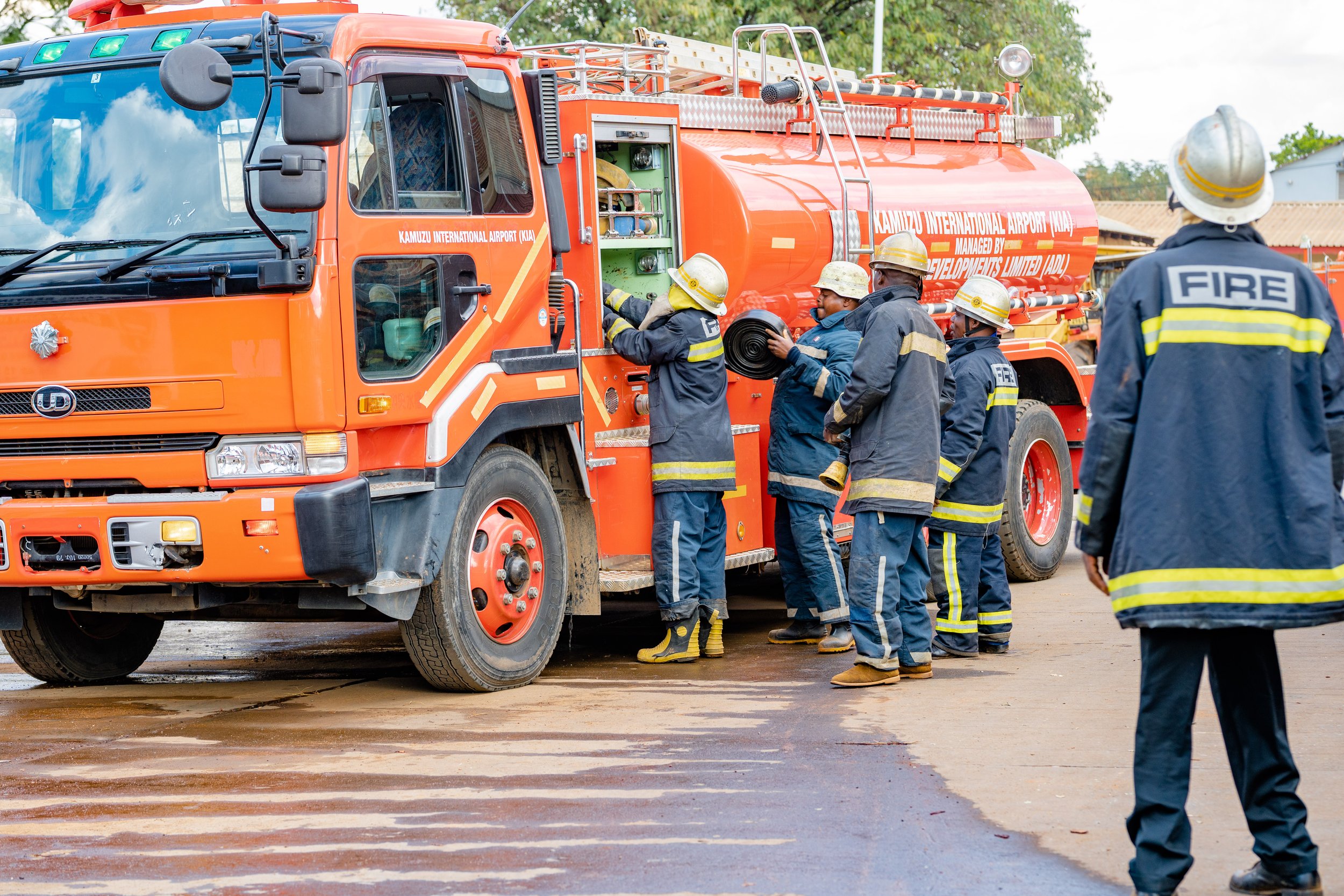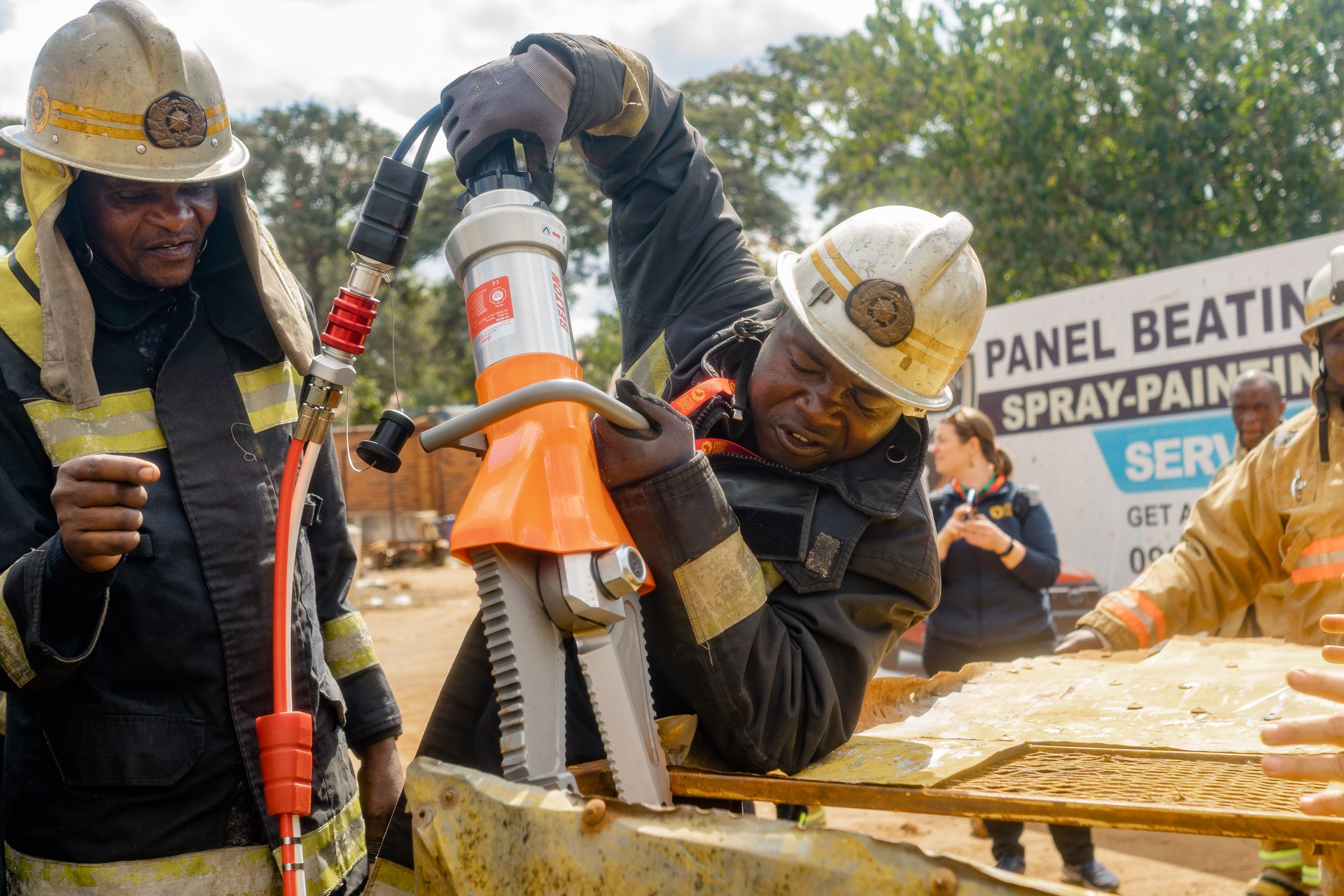On October 14, 2023 during our Annual Fundraiser, the Chama, Africa Fire Mission will honor volunteers Chief Bradley Banz and Chief Michael Kull.
Volunteer of the Year
Africa Fire Mission thrives on volunteers. Volunteers are at the heart of our organization. We have dozens and dozens of volunteers. We have volunteers from all across the North America, Africa and Europe that help allow AFM to serve on a daily basis. These men, women, firefighters, civilians and children are all a vital part of Africa Fire Mission being able to achieve its goals and objectives.
Chief Michael Kull – Volunteer of the Year
Chief Mike first joined Africa Fire Mission team in 2021 and has been all in with us ever since. Mike has participated in missions to Kenya and Malawi and facilitates AFM’s weekly virtual trainings. This past year, Mike stepped further into leadership co-leading our Malawi training trip! Mike just get’s it. He understands that the fire service in Africa is limited in physical resources and rich in people resources! Mike uses his creativity to help solve problems and helps the fire service advocate for what they need. This week we learned that the Zomba, Malawi fire brigade received its first uniforms from their local government as a result of the advocacy that their team learned from Mike. Mike’s dedication to facilitating our online trainings and lead to steady growth of our trainings from 60 participants a week at the beginning of 2023 to more than 100 participants a week now.
Mike fully embodies our mission to train, empower, support and encourage firefighters in Africa and his leadership has allowed us to continue to grow!
Thank you Mike for all that you have done for Africa Fire Mission! We are looking forward to serving with you for year’s to come!!
More about Chief Michael Kull: Chief Michael Kull is from Pennsylvania where he recently retired as the Fire Chief for the Valley Township Fire Department, Forest Fire Warden for Weiser State Forest and as a Township Supervisor for Valley Township. As a volunteer firefighter with over 25 years of experience, Michael has learned creative strategies for meeting his community’s needs for fire and rescue services.
Instructor of the Year
When Africa Fire Mission travels with a team to provide training in Africa or other parts of the world, our team members volunteer their time, talents and treasures to provide world class training to our partners. Our instructors undergo training in advance of the trip to prepare of the mission and prepare the lessons that they will teach in our week long fire training events. We are fortunate to have many instructors return year after year who continue to build each year on the training that they have been providing as well as to build strong relationships with firefighers and our overseas partners.
Chief Bradley Banz, Instructor of the Year
Chief Banz heard about AFM from our partner at Missions Of Hope International after providing CPR and first aid training there. Brad’s been involved with AFM since 2015. Brad has traveled with AFM on missions to Kenya, Zambia, and Malawi. Brad has been instrumental in the development of our Community Health Evangelism curriculum on Fire Prevention and Safety which has impacted millions of lives across Africa. Brad notices needs and responds making sure that curriculum developed for classes he teaches meet the needs of the fire service. This past year, he developed a Hazardous Materials class for firefighters in Africa after seeing the dangers firefighters were exposing themselves to attempting to respond to some Haz Mat incidents.
Brad encourages our team members and advocates for the firefighters. He takes time to get to know the firefighters we are serving and what their needs are. His heart for Africa is abundantly clear!
Thank you Brad for serving with heart and passion! We are grateful to have you on our team!
More about Chief Bradley Banz: Chief Banz is a firefighter with over 38 years of experience. Brad retired as a Captain for the Wichita, Kansas Fire Department and retired as Fire Chief from Colwich Kansas. Brad continues to serve his community as a volunteer firefighter in addition to training firefighters in Africa.
Interested in volunteering with AFM in administrative roles or as one of our international instructors?

